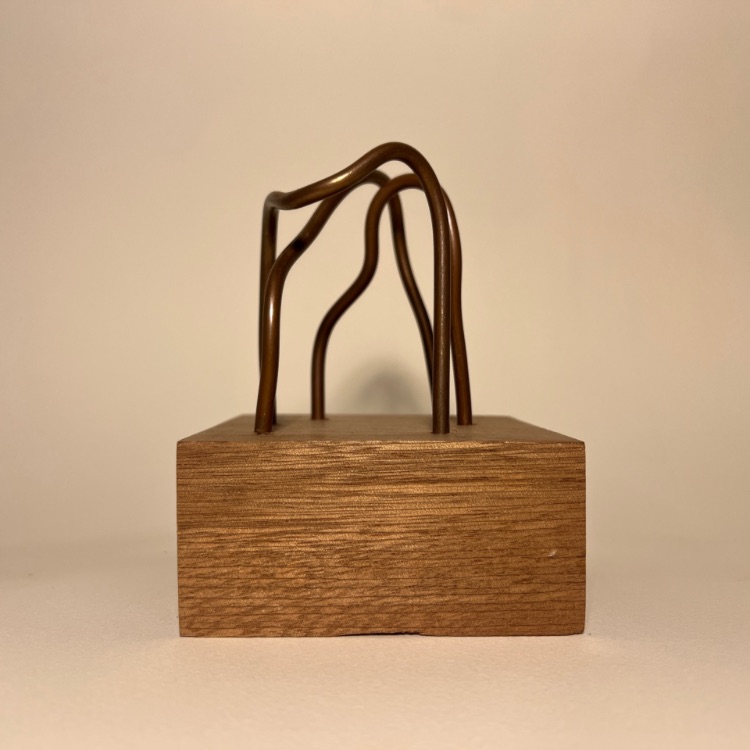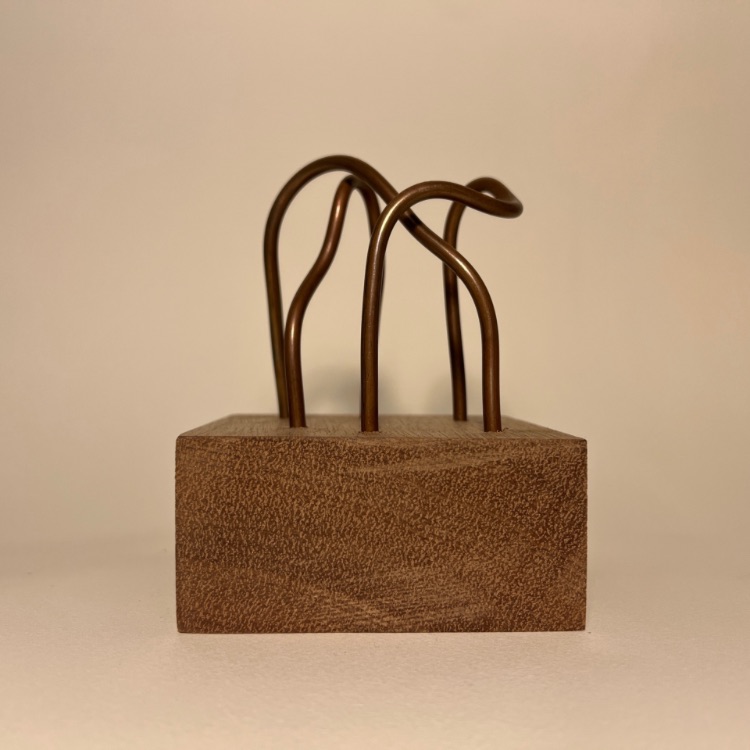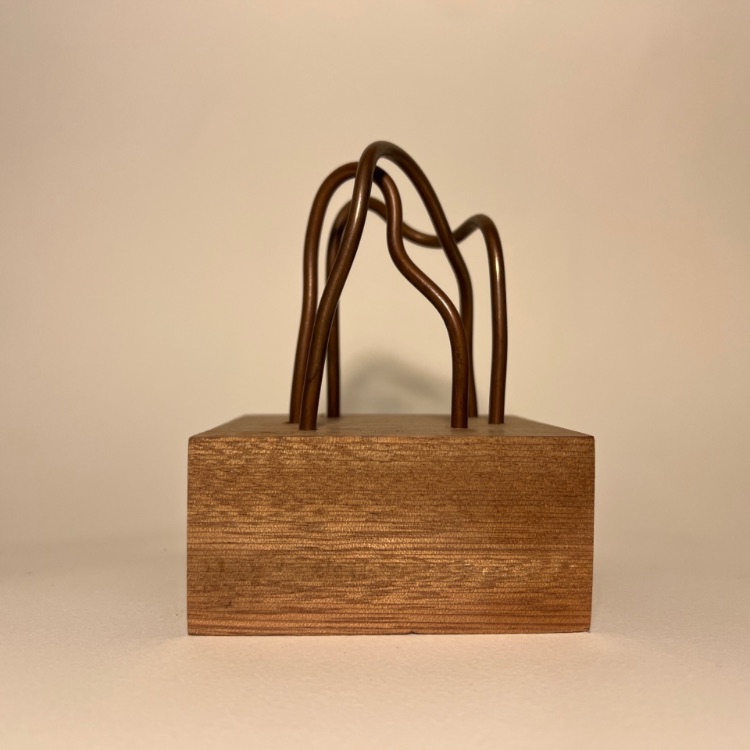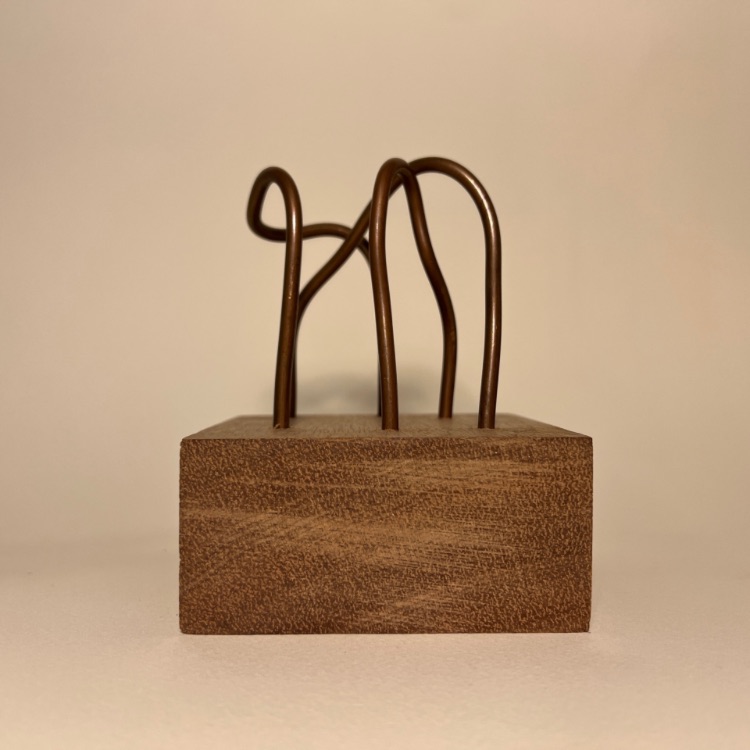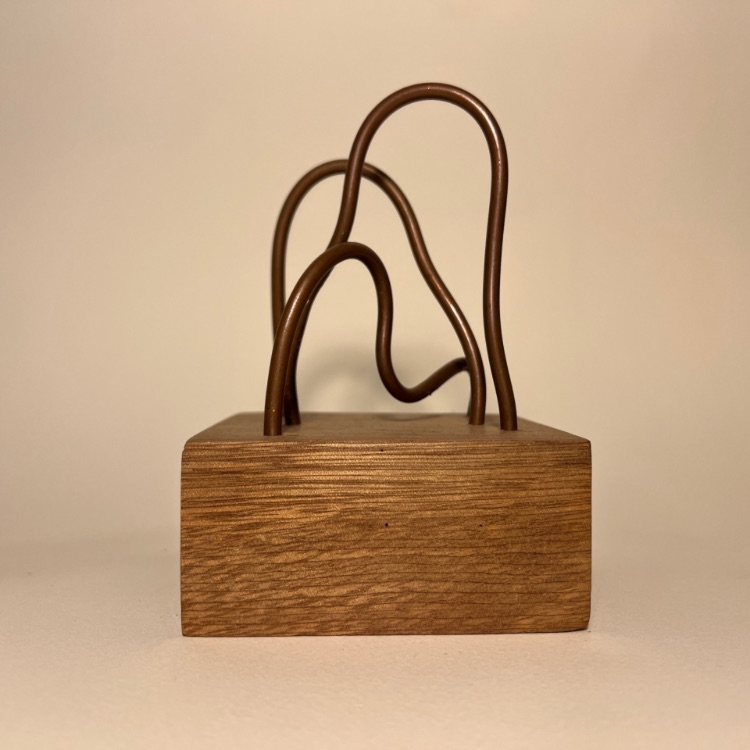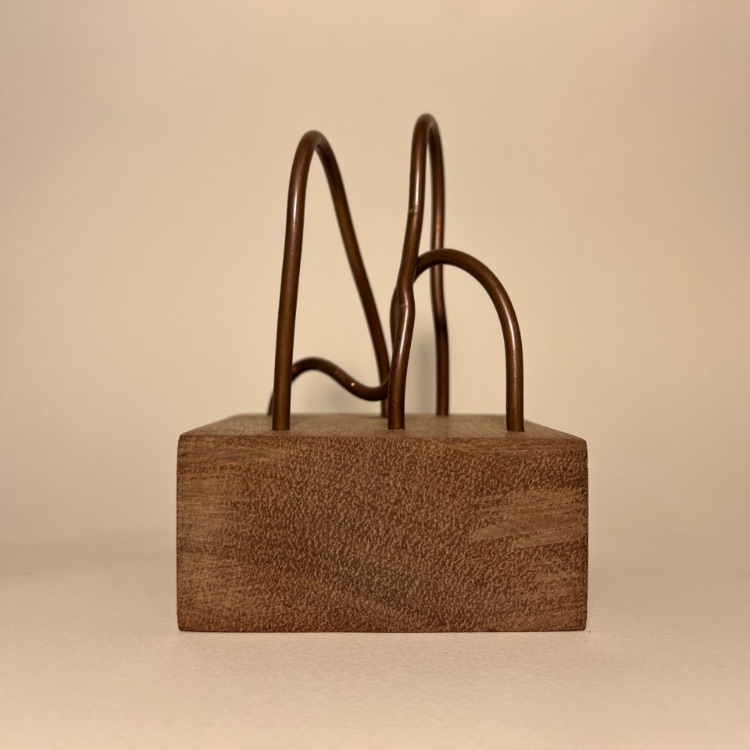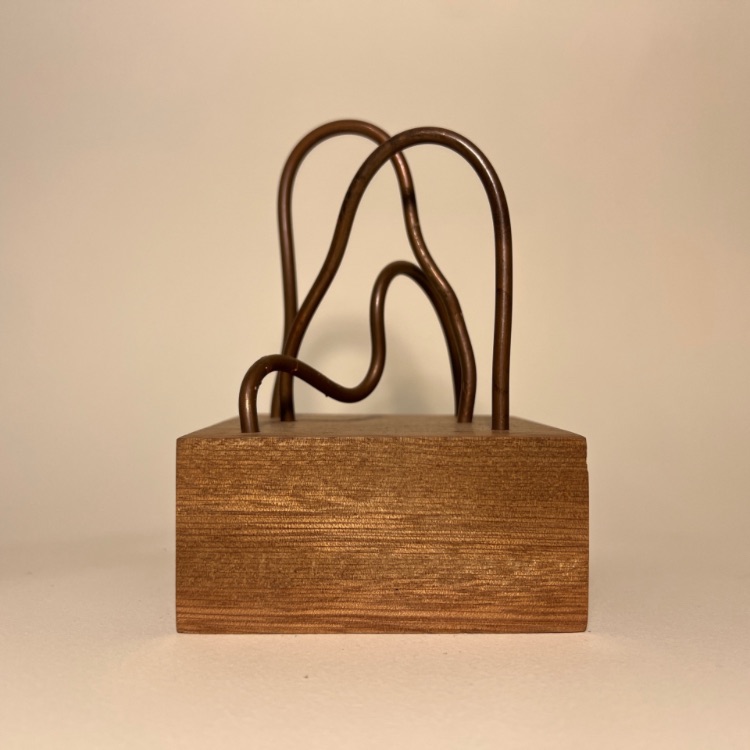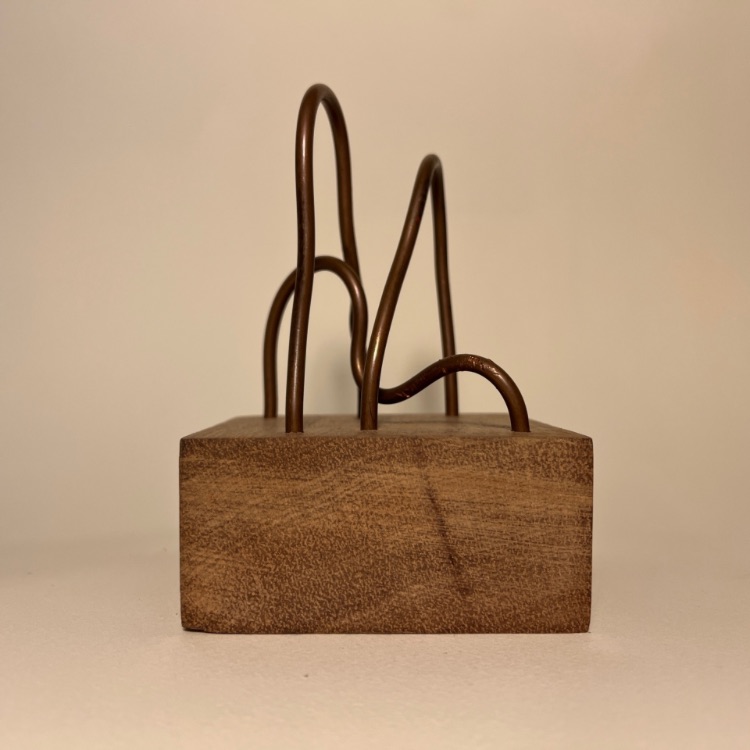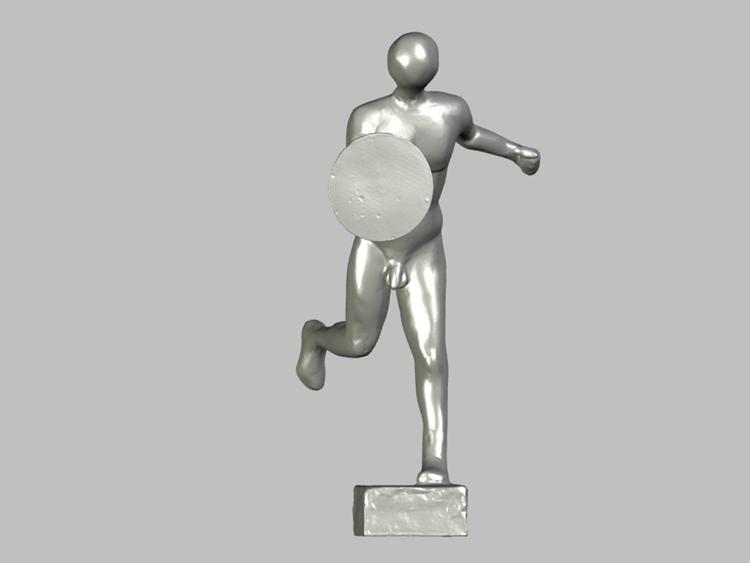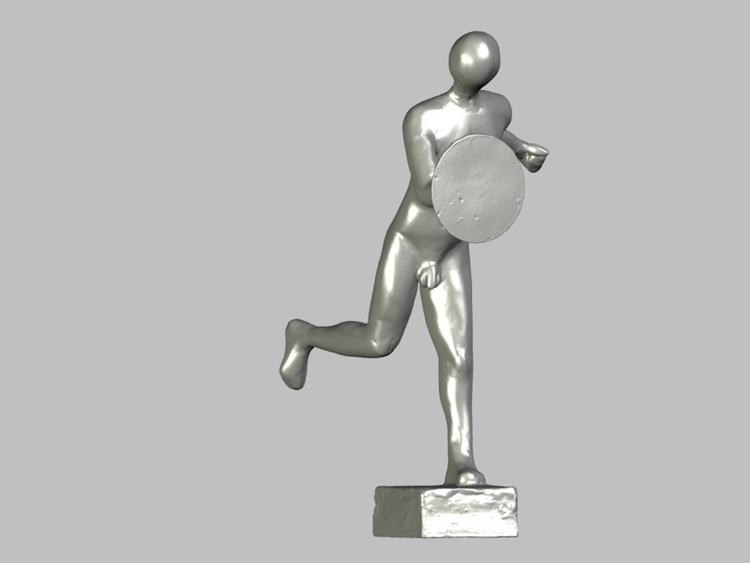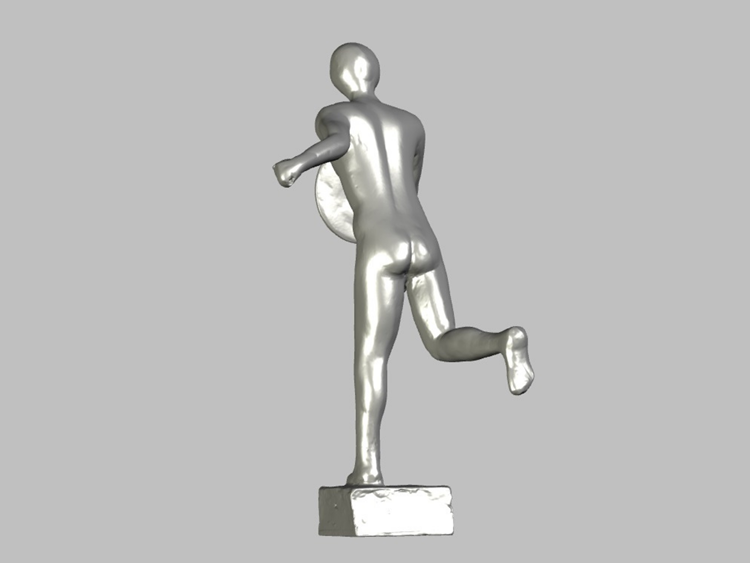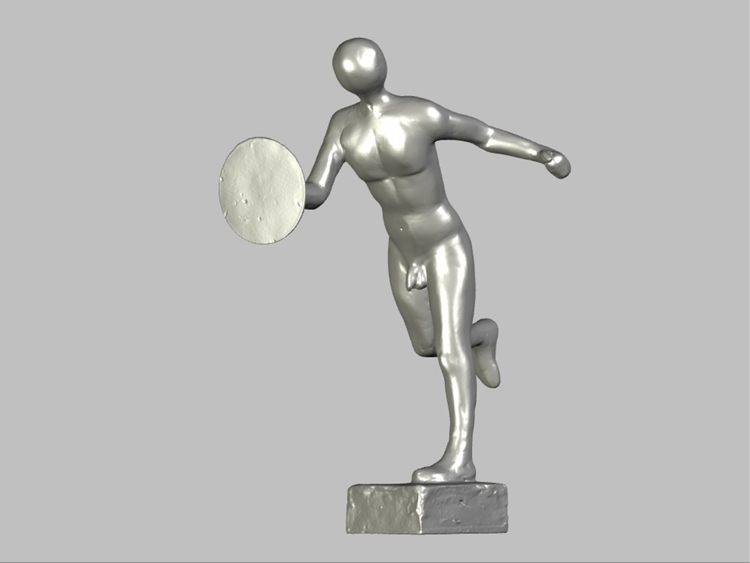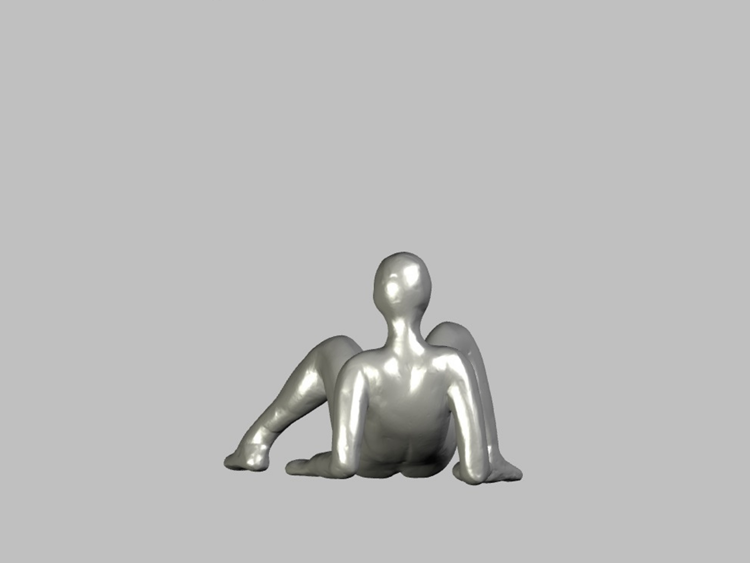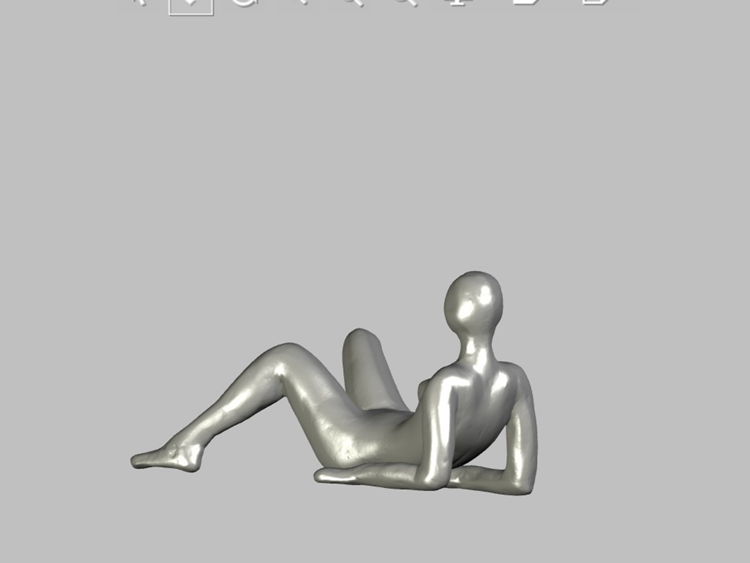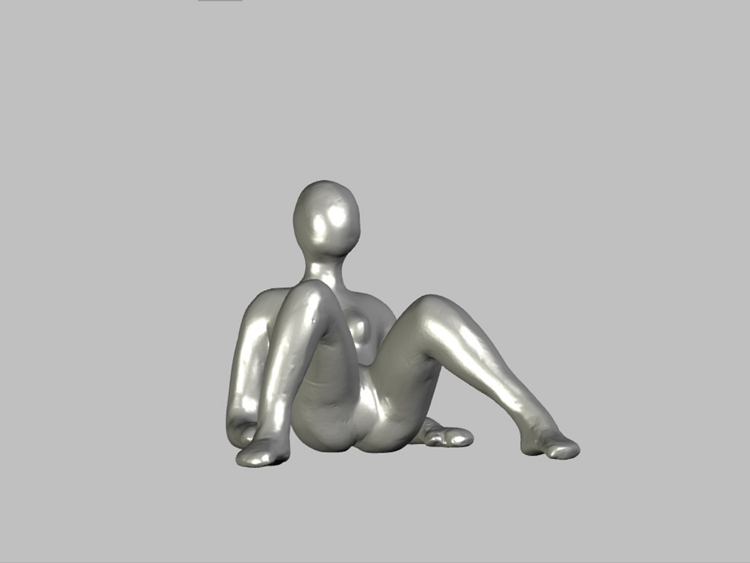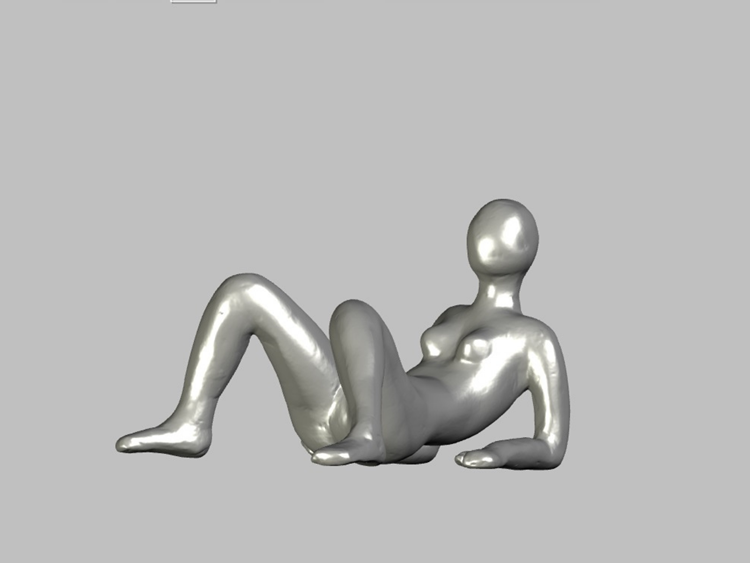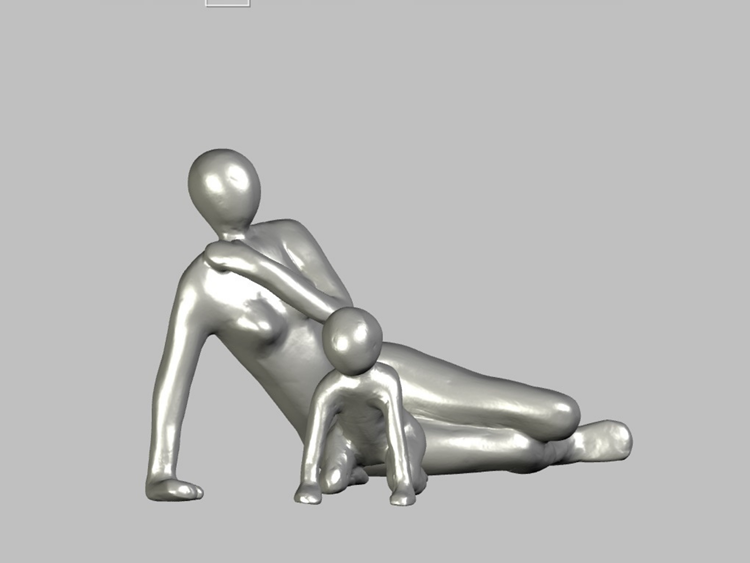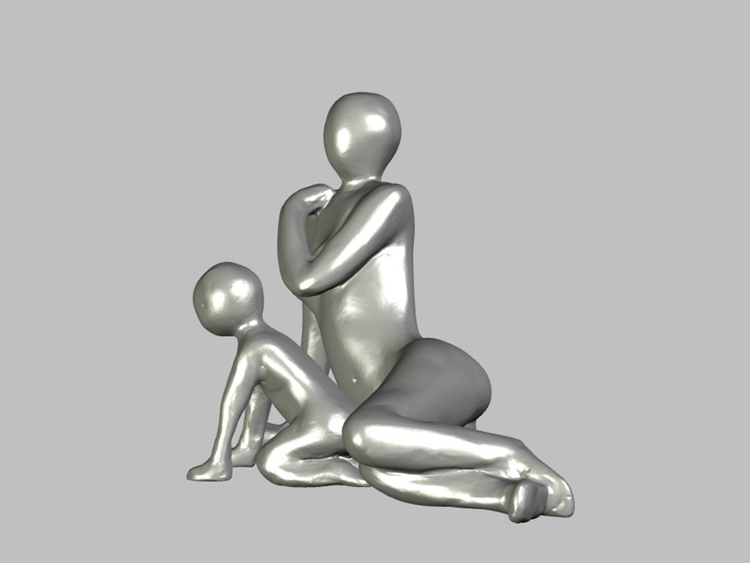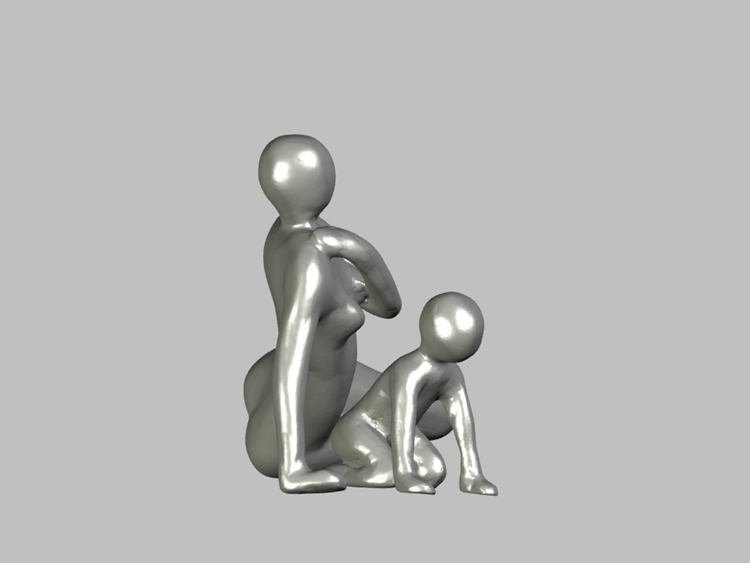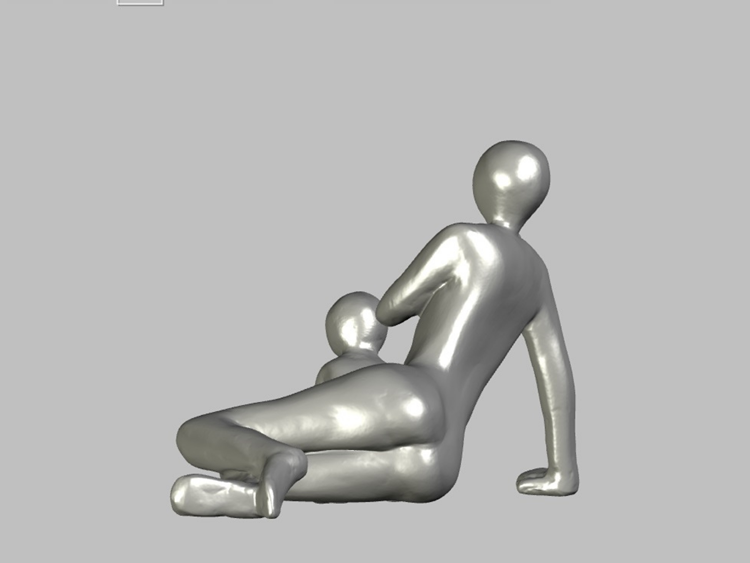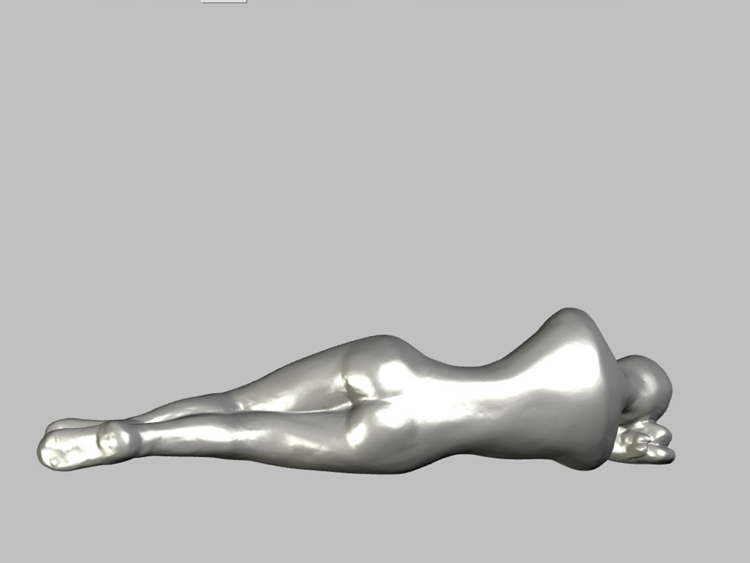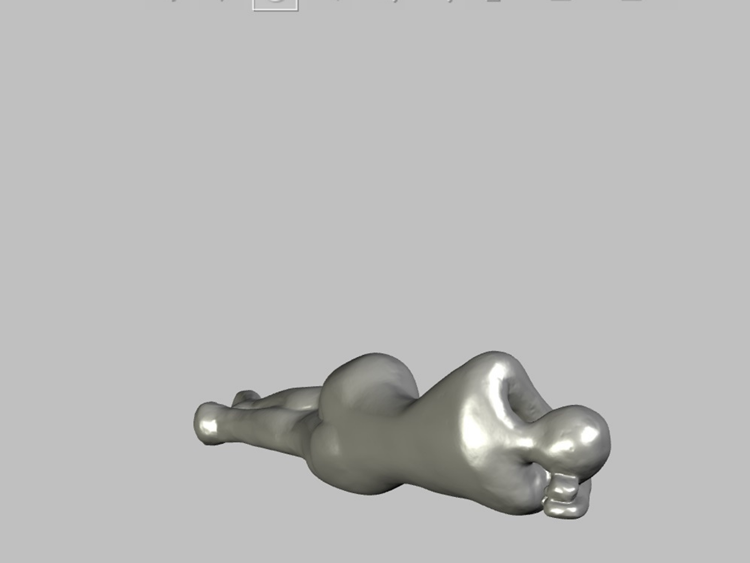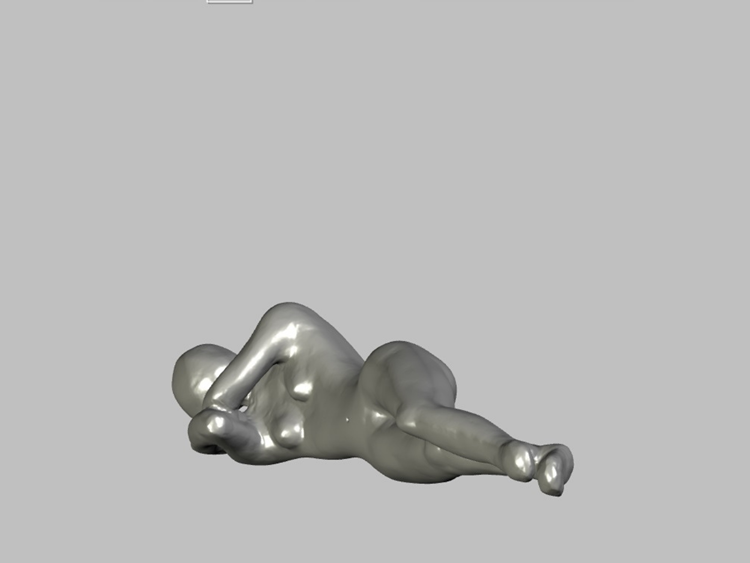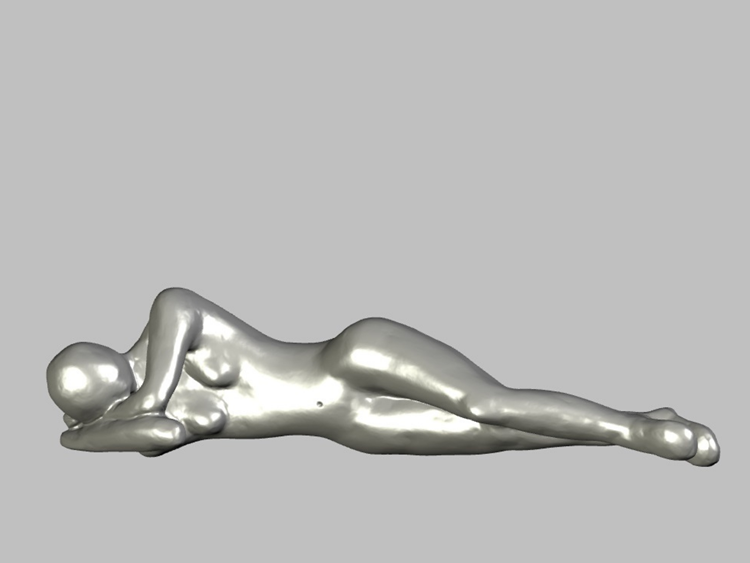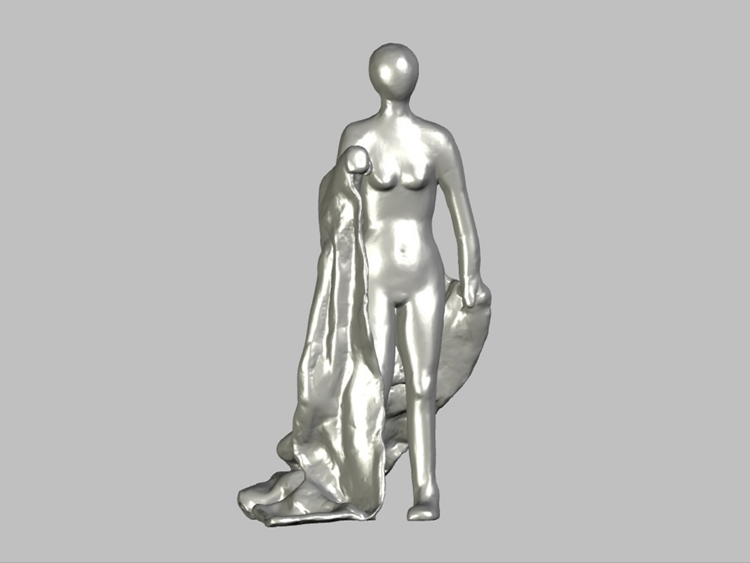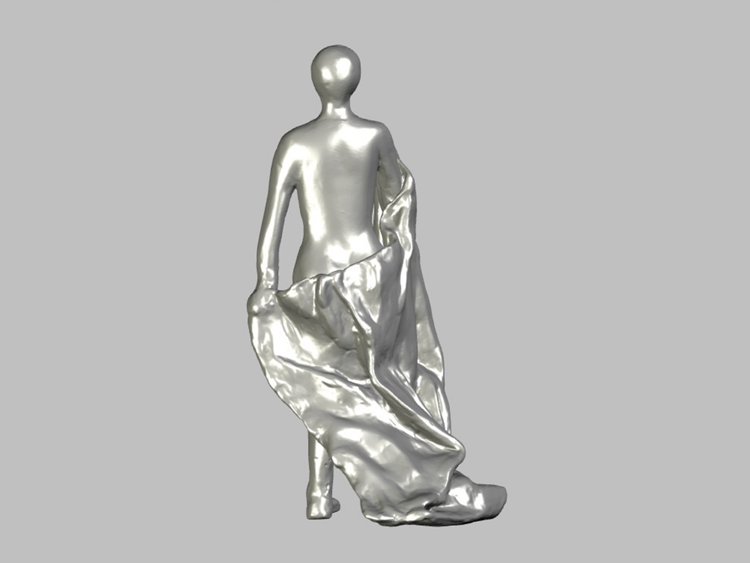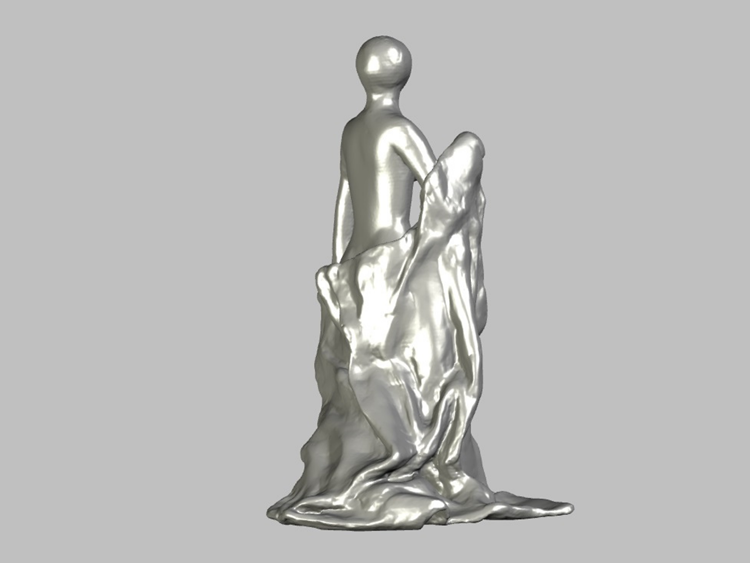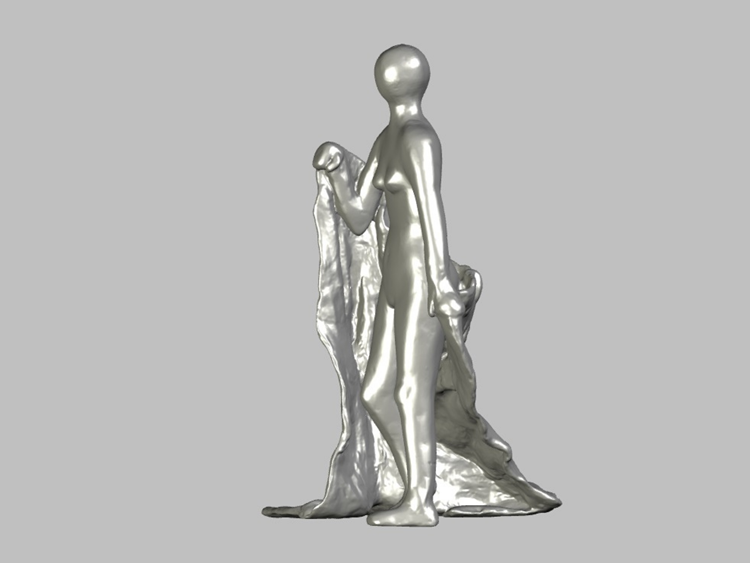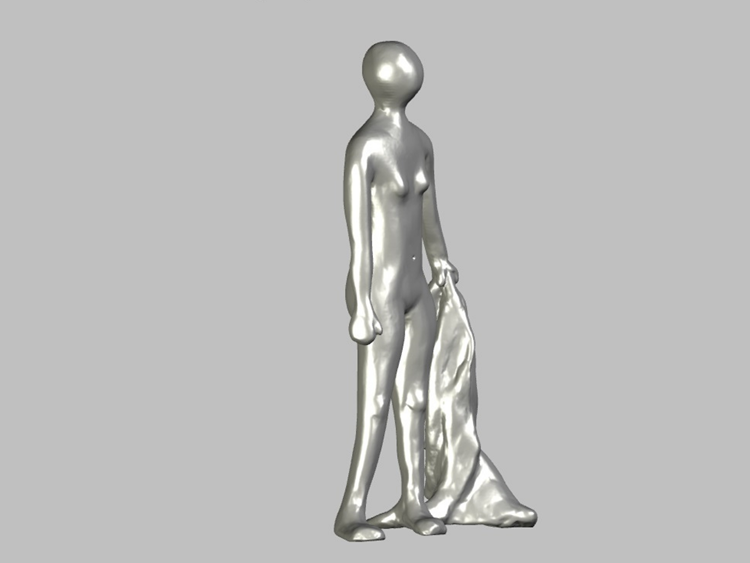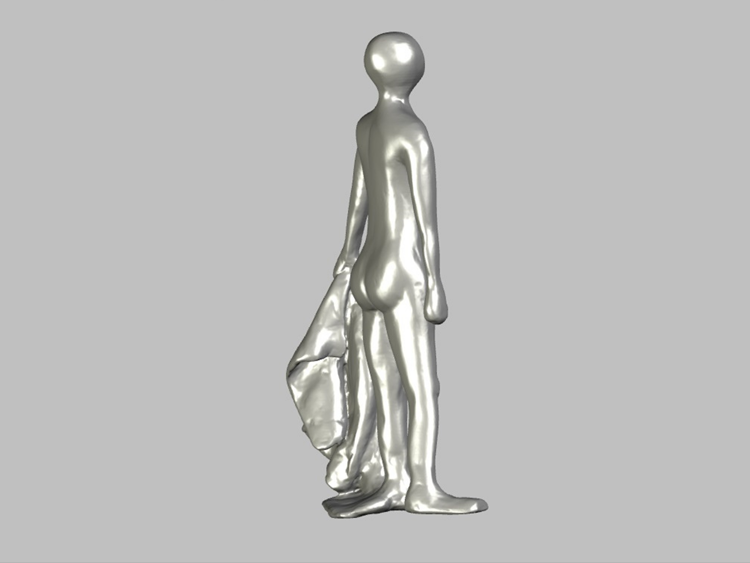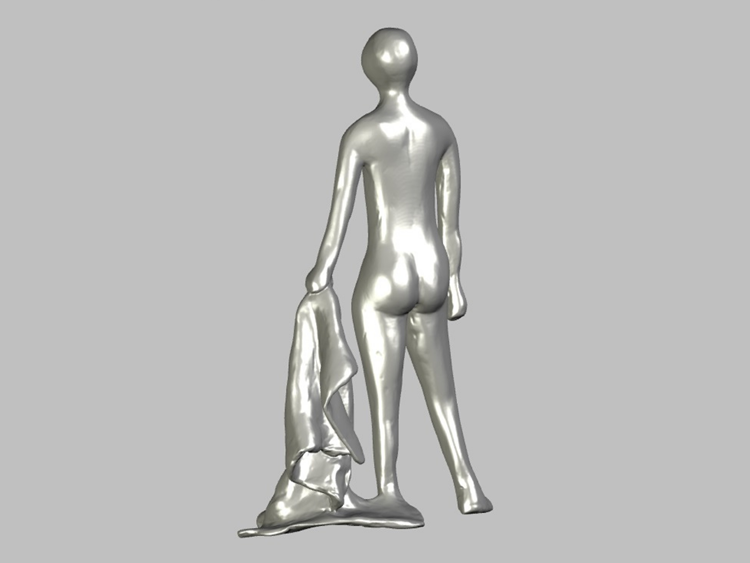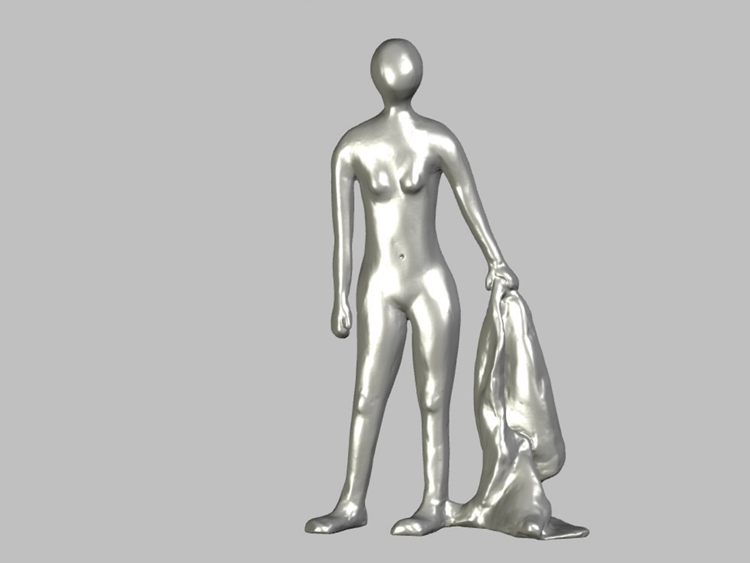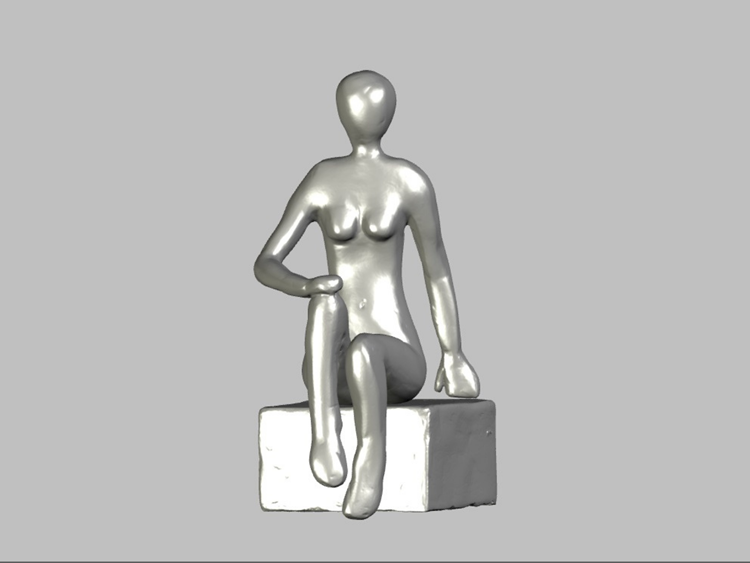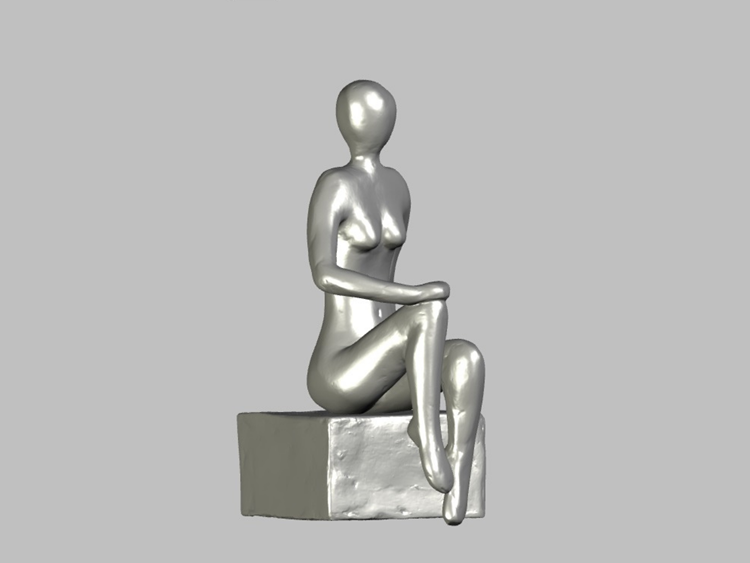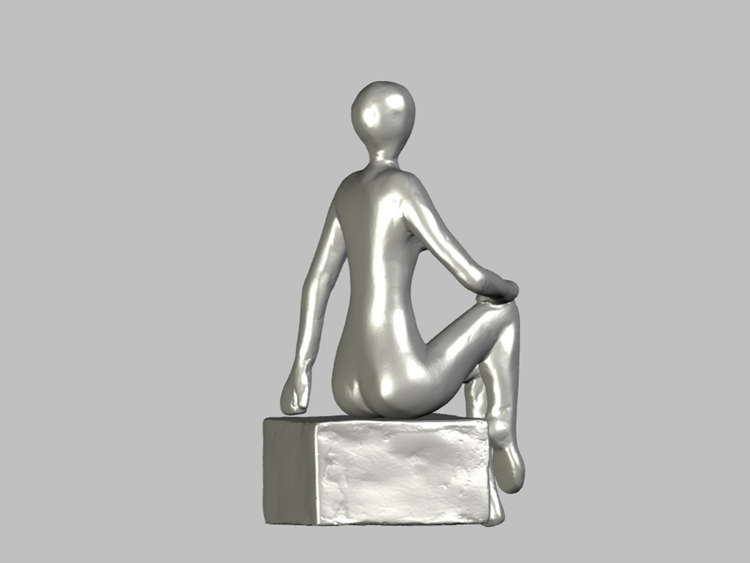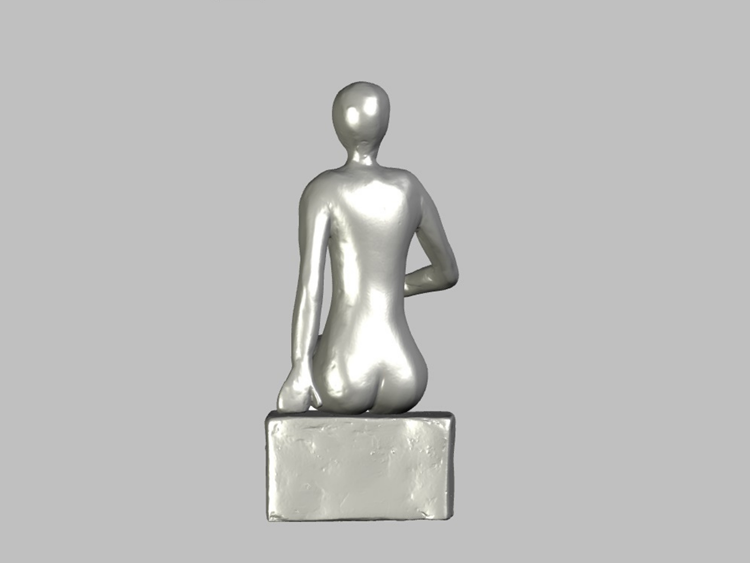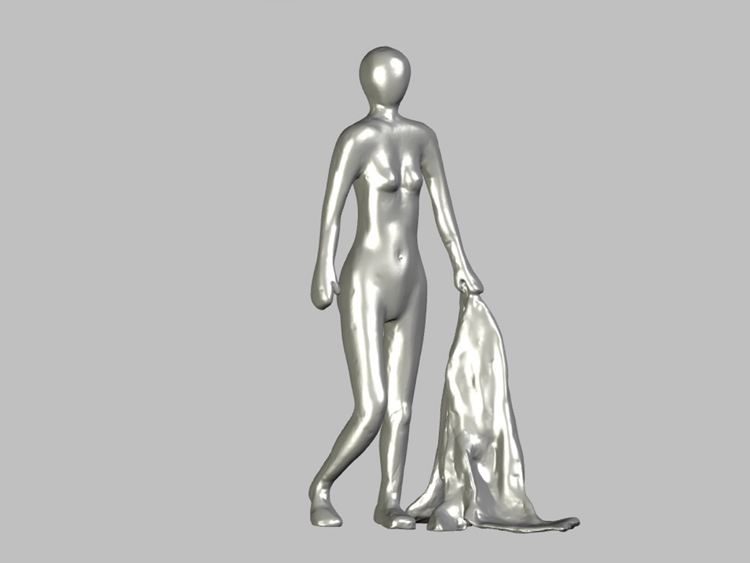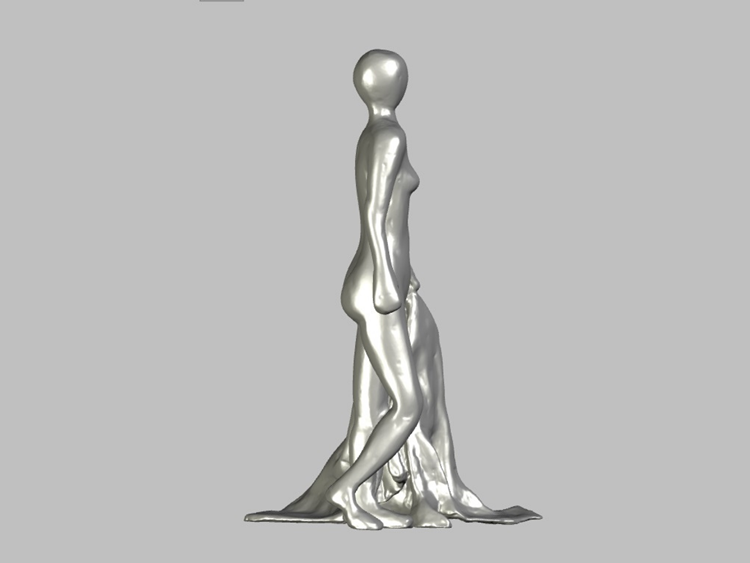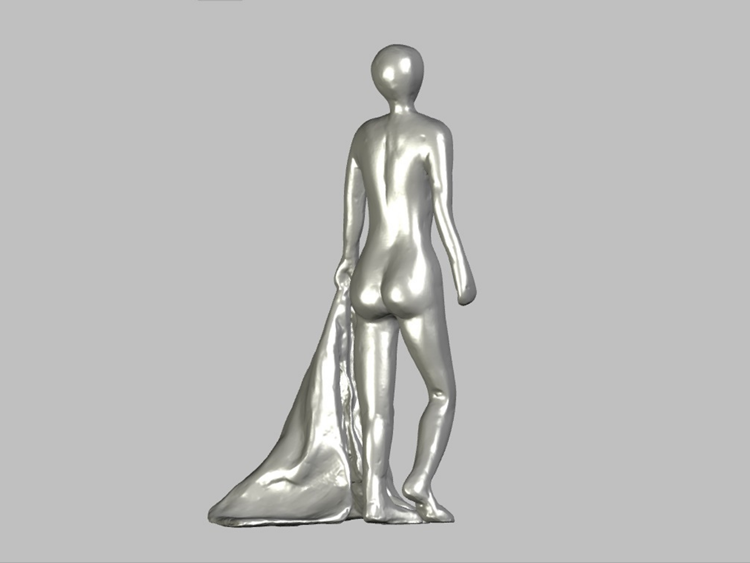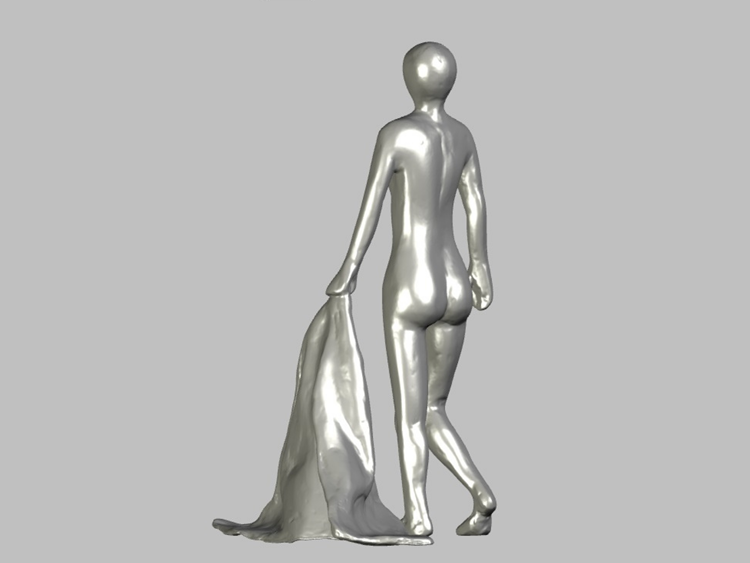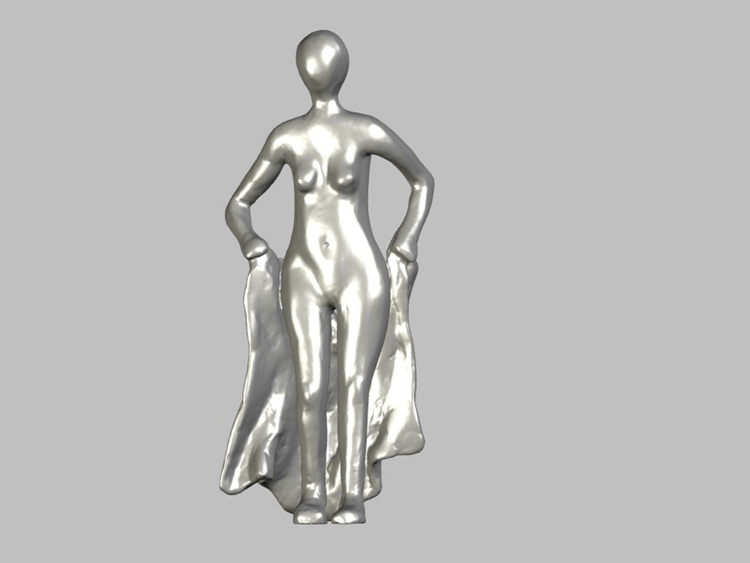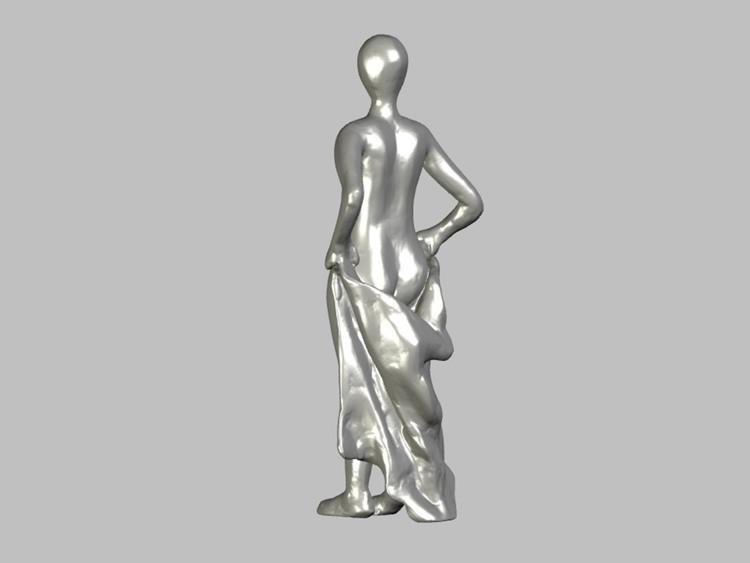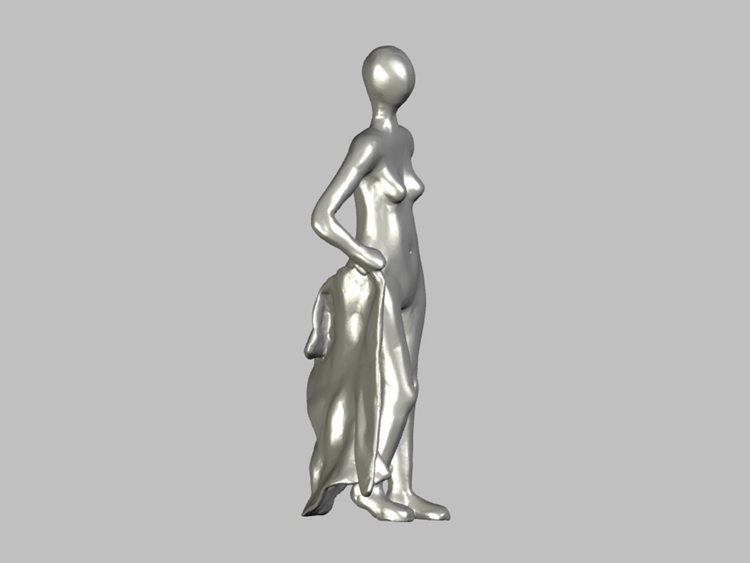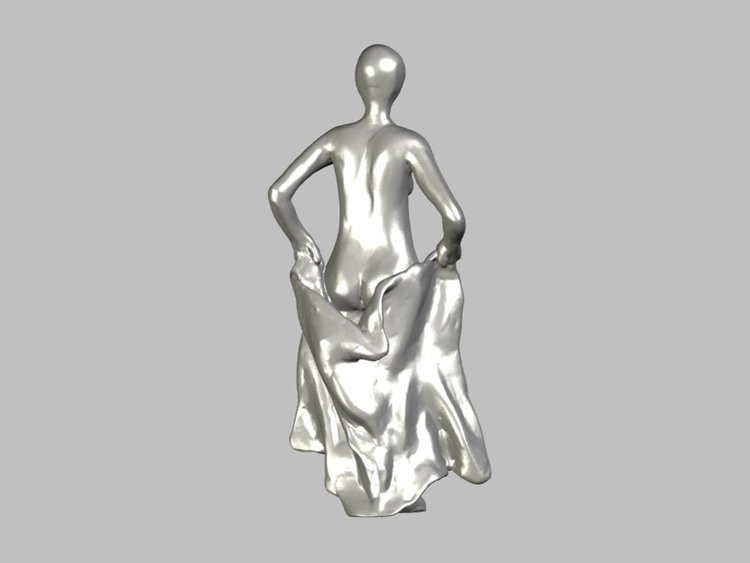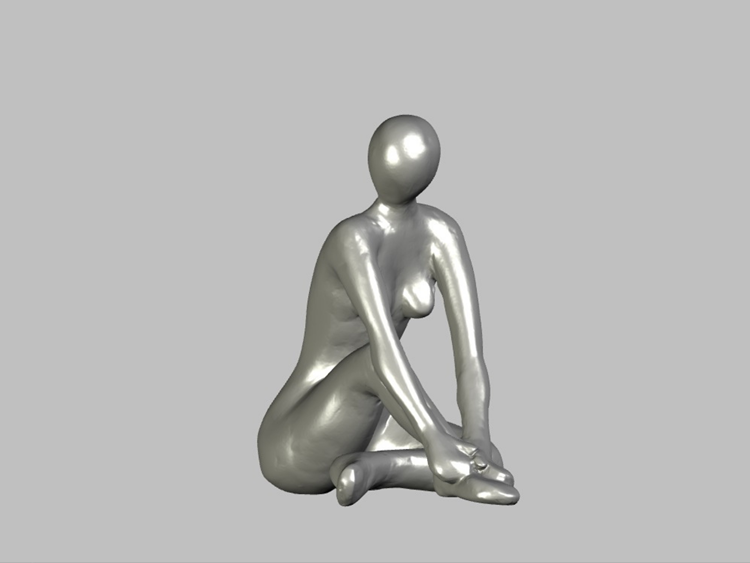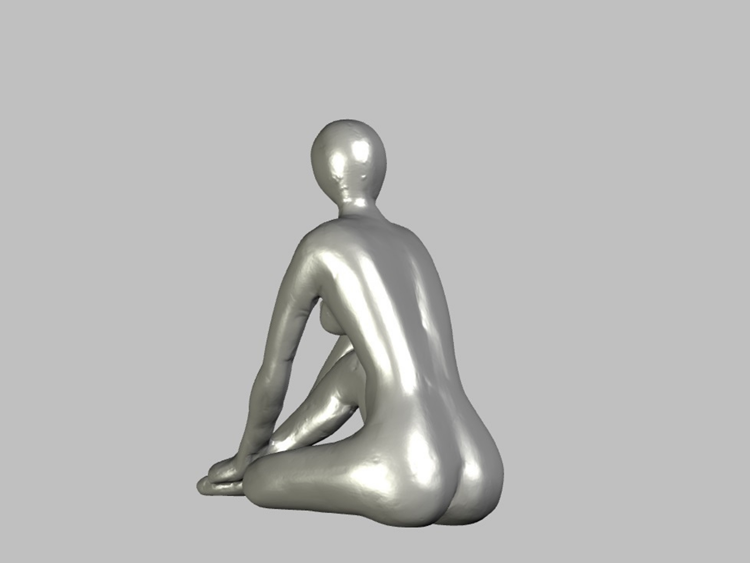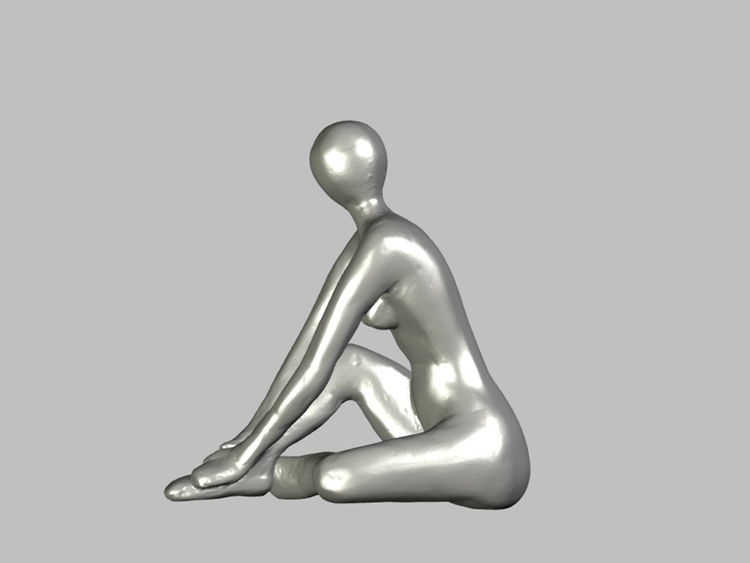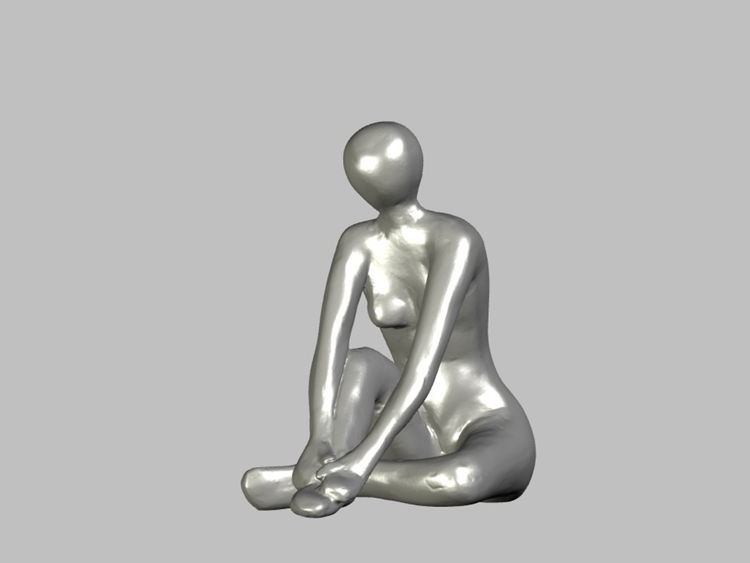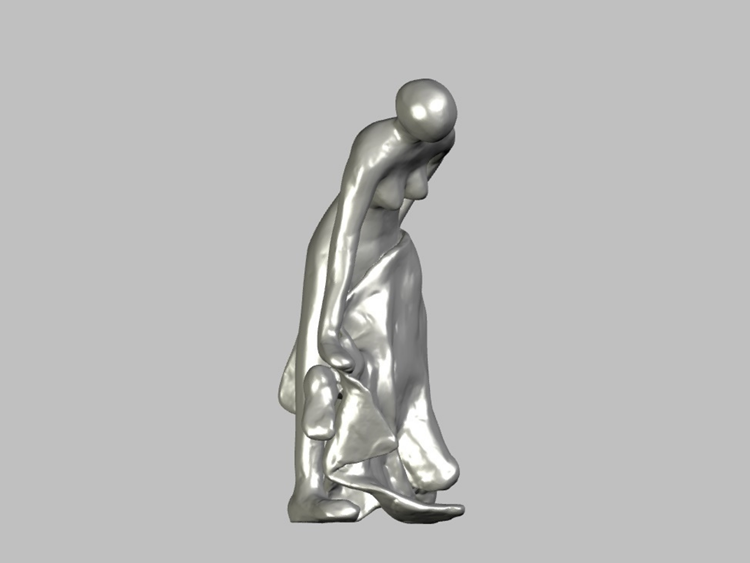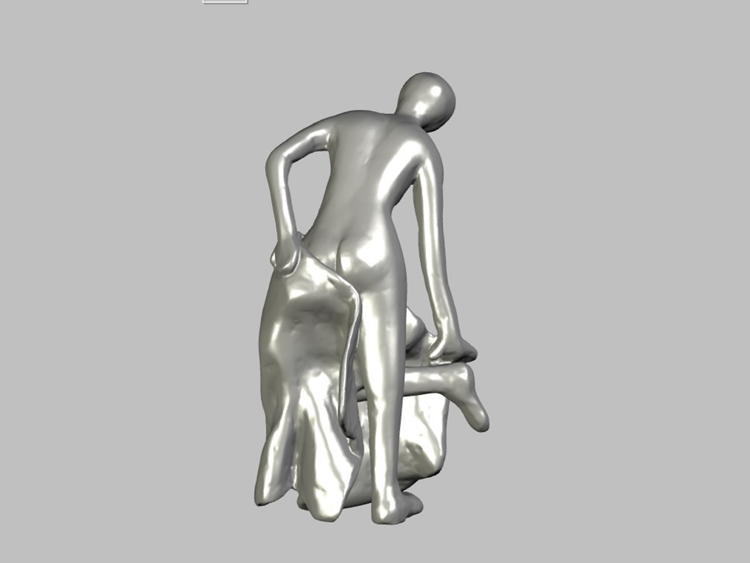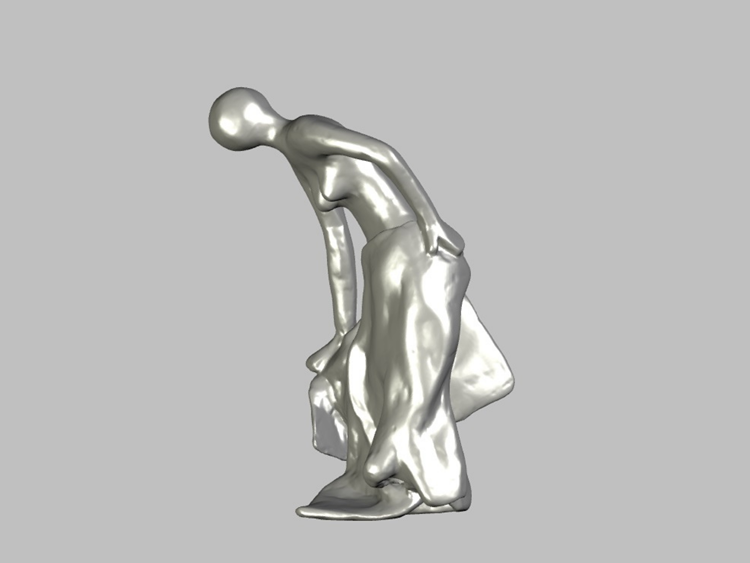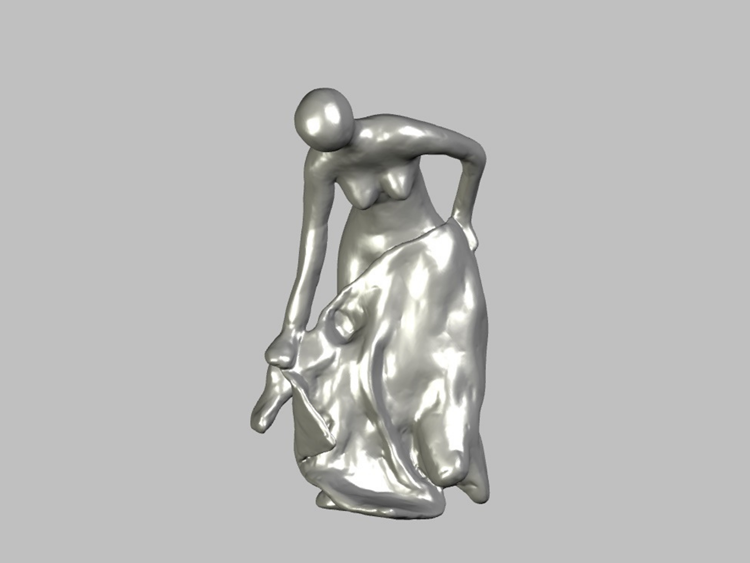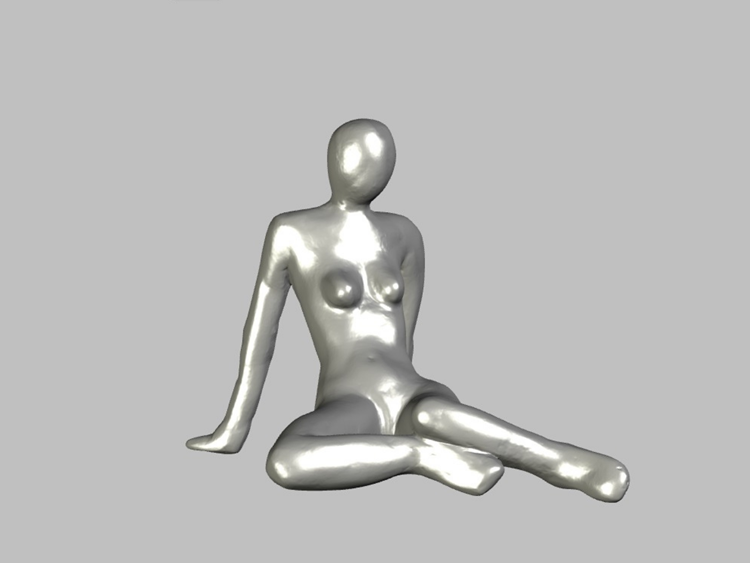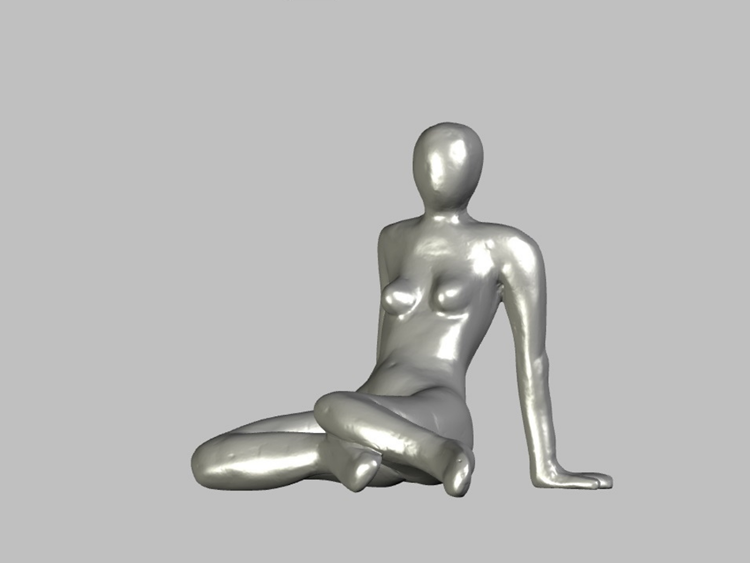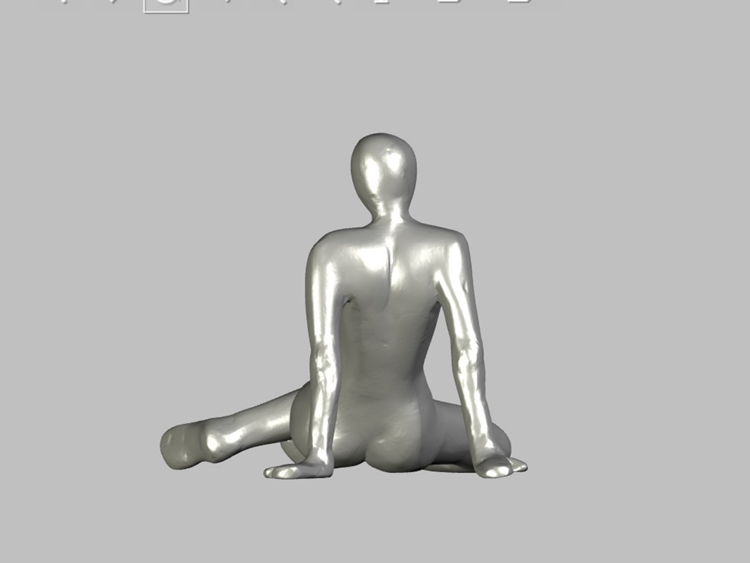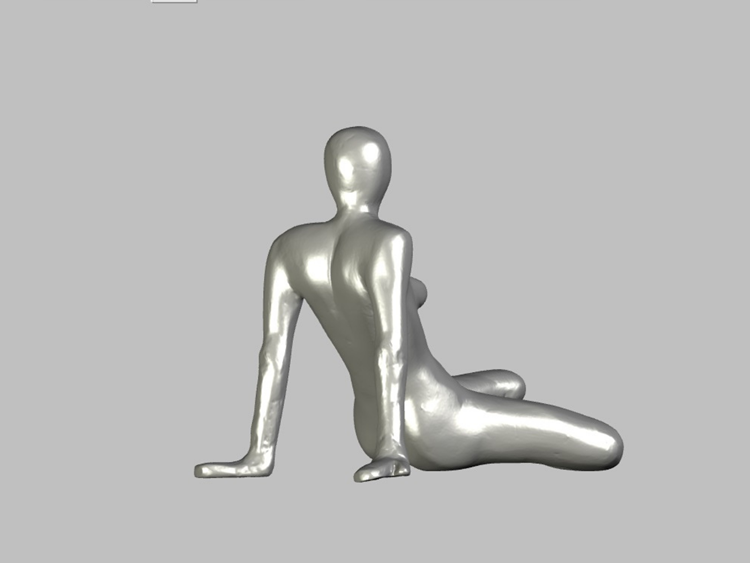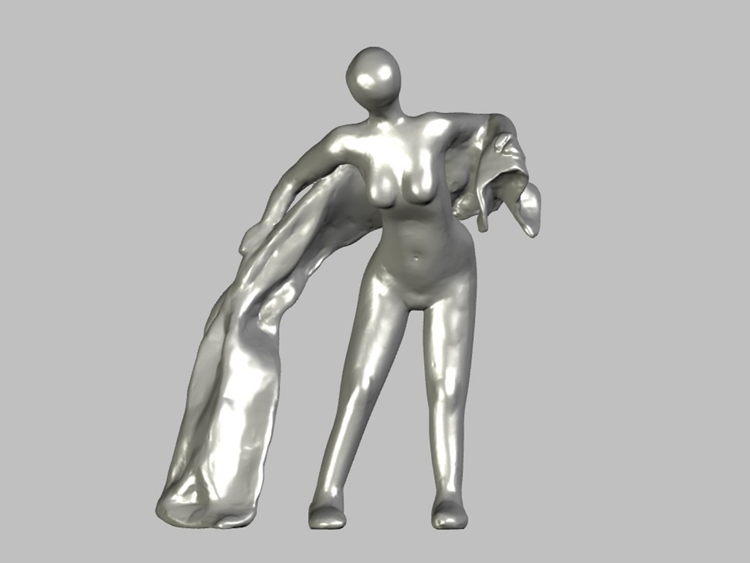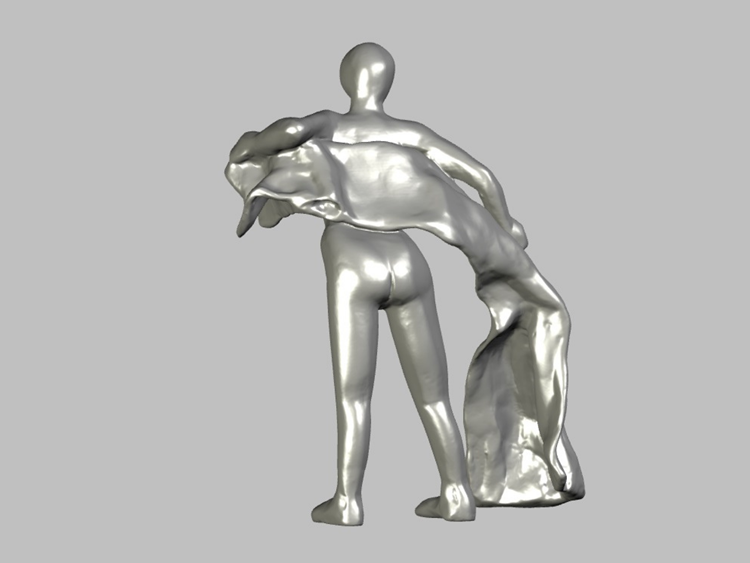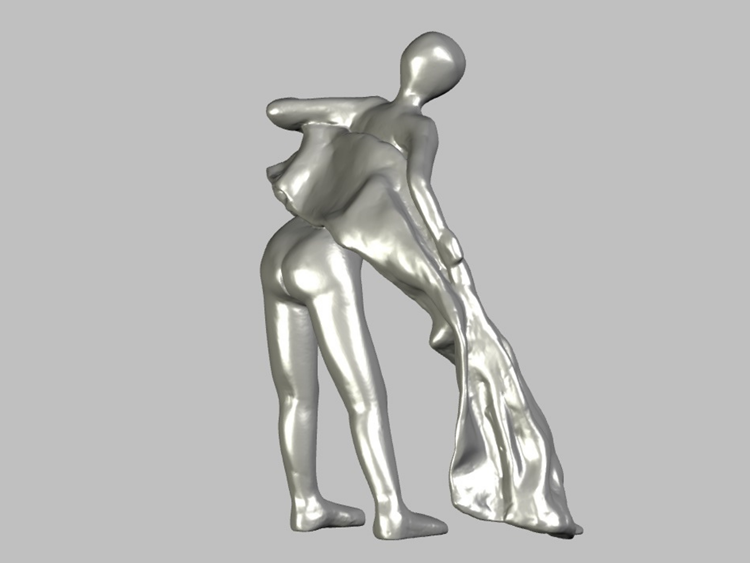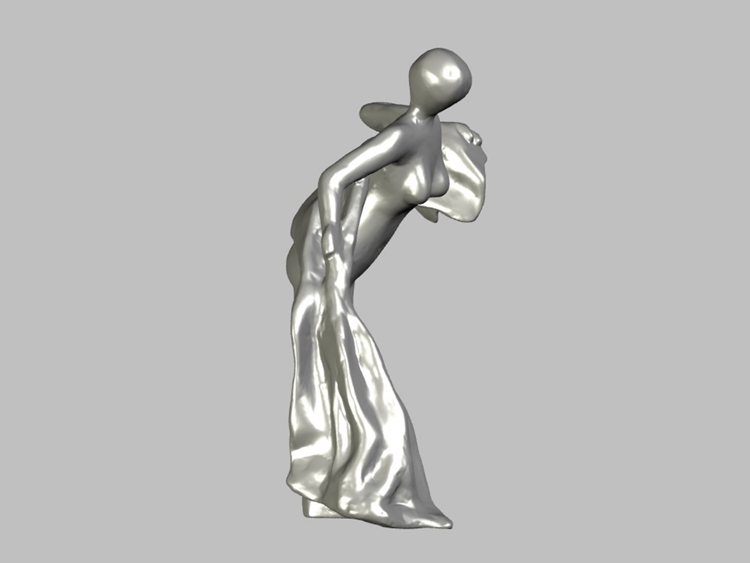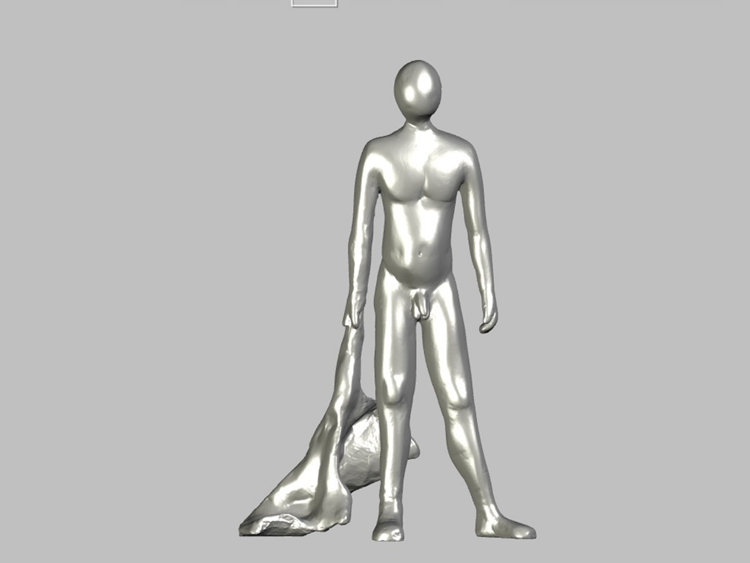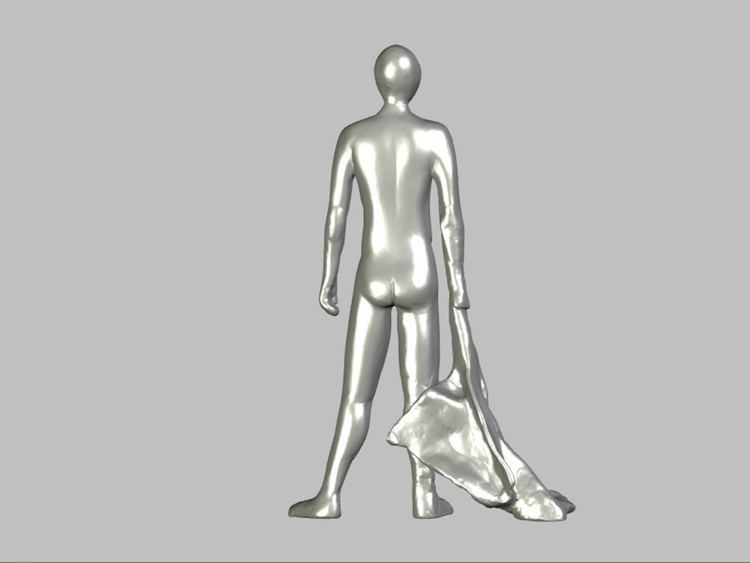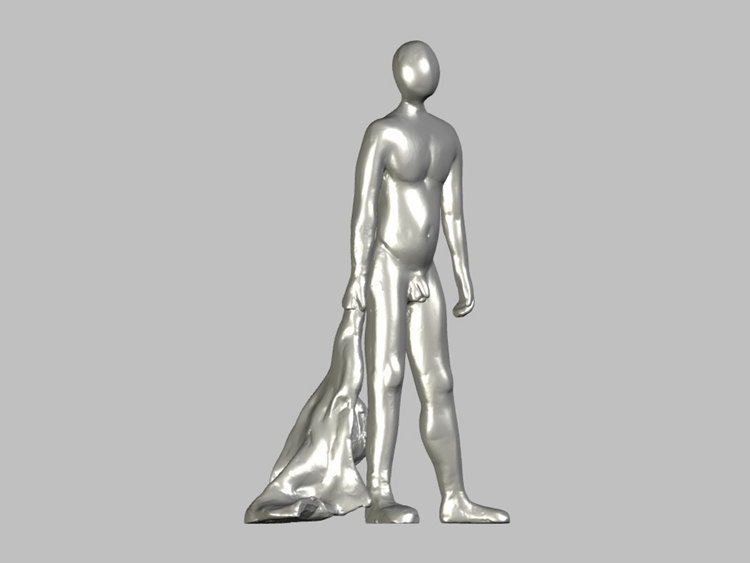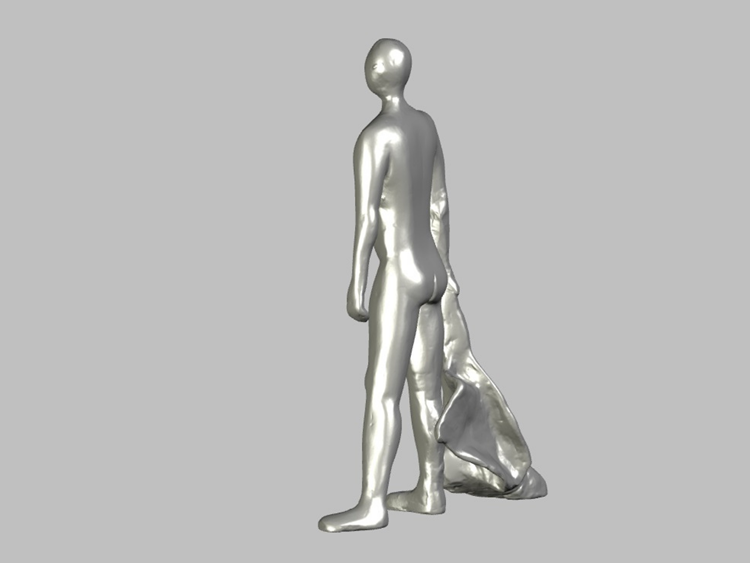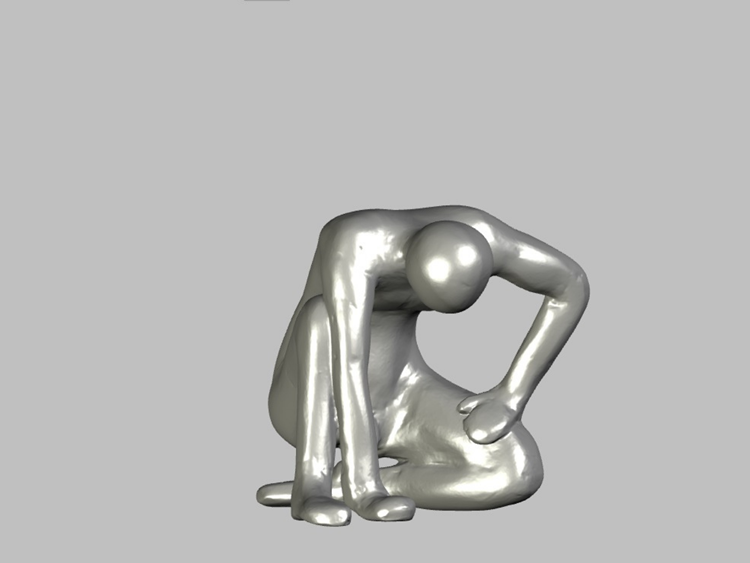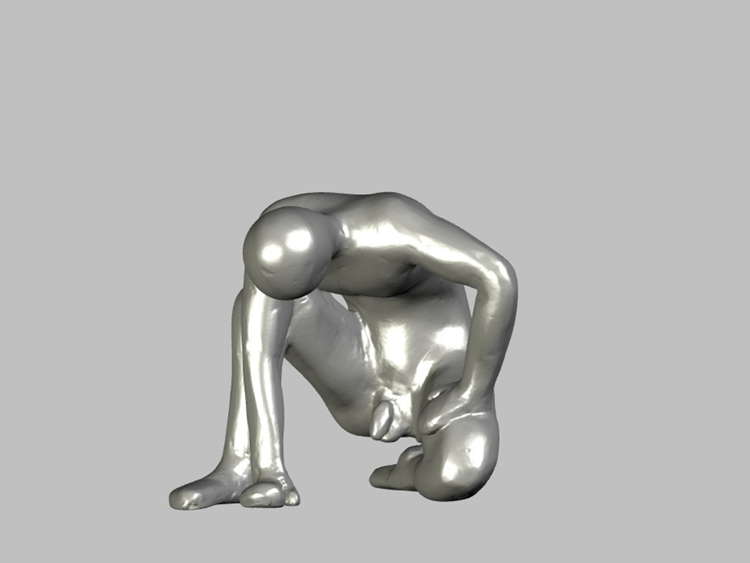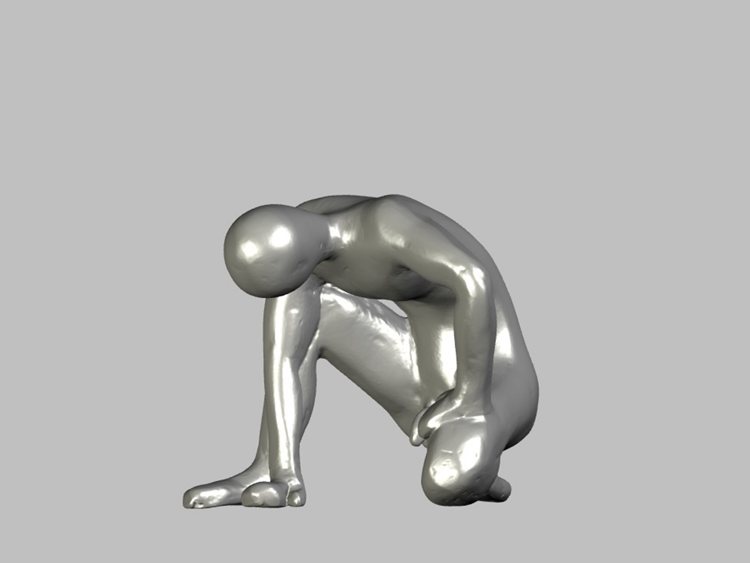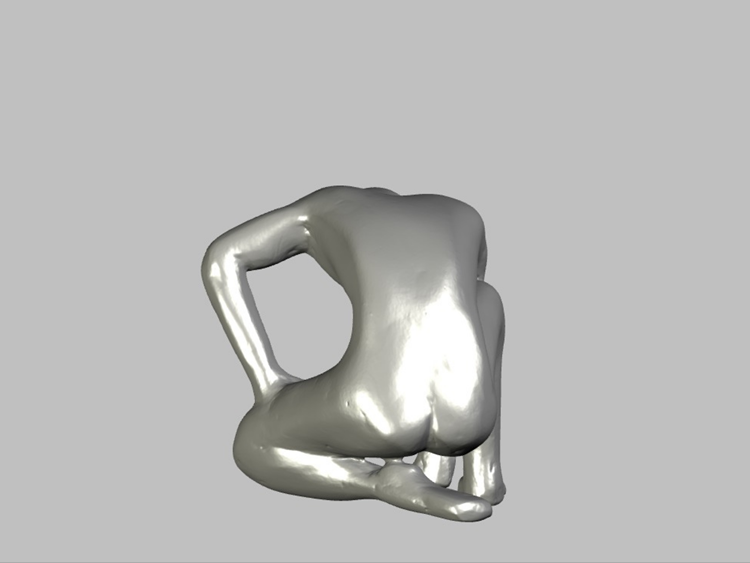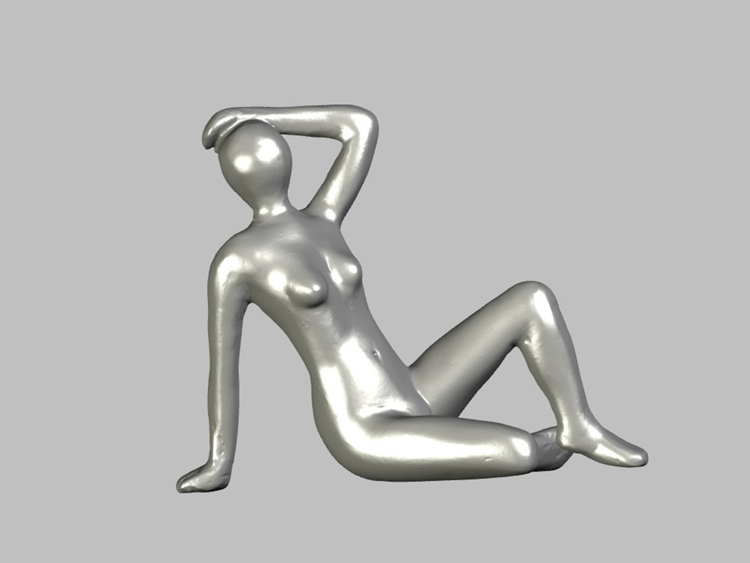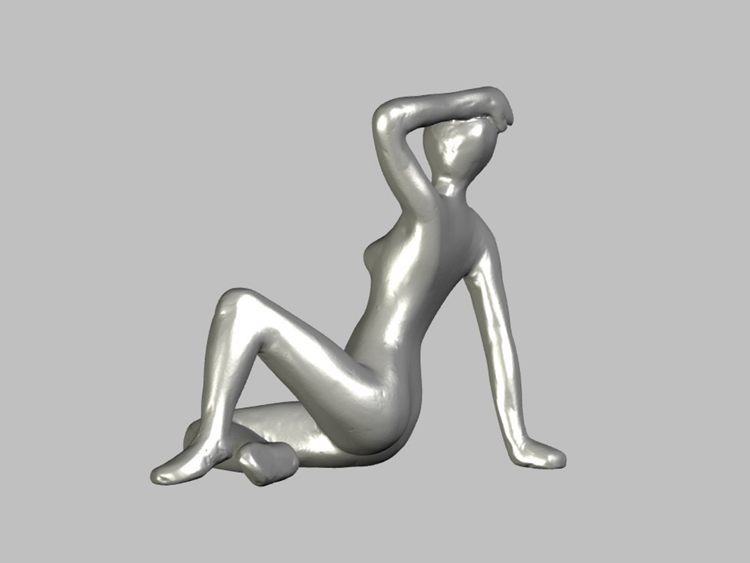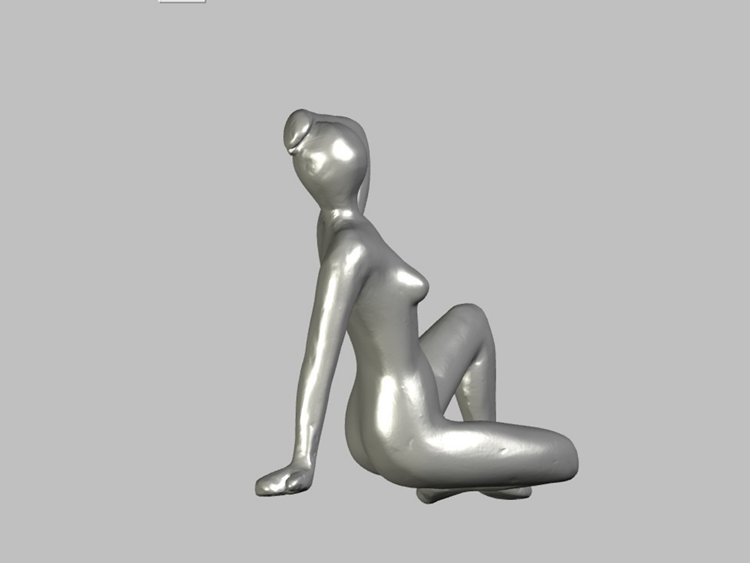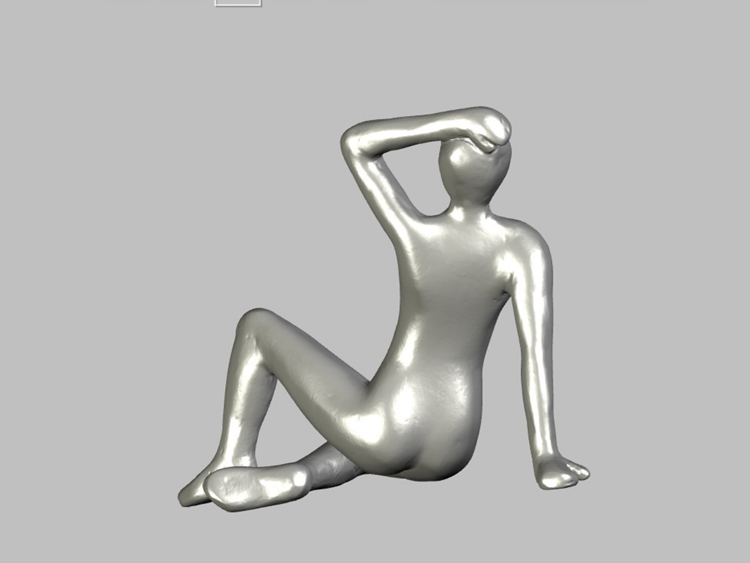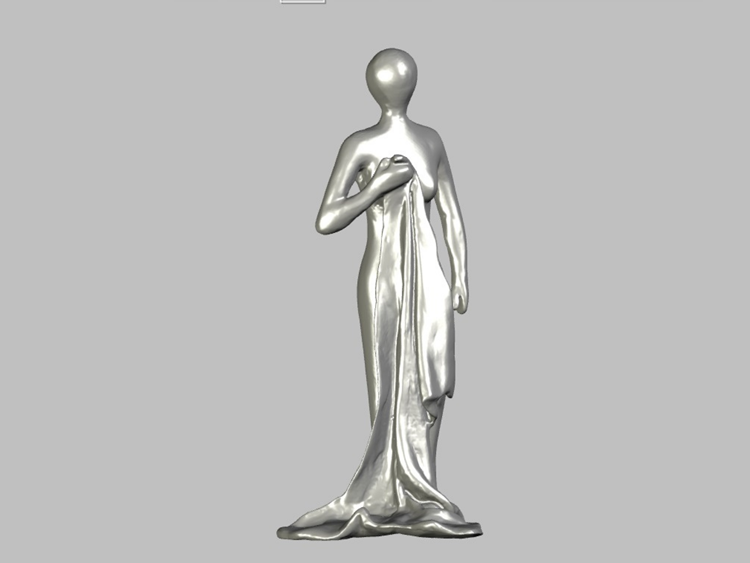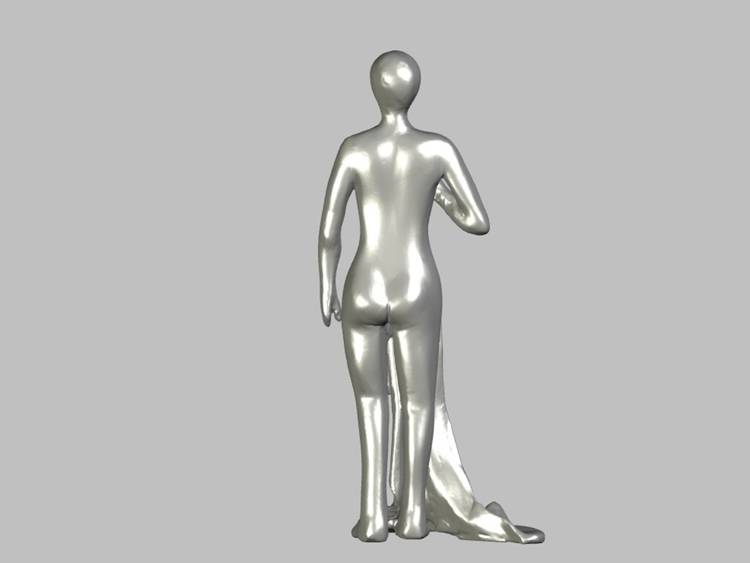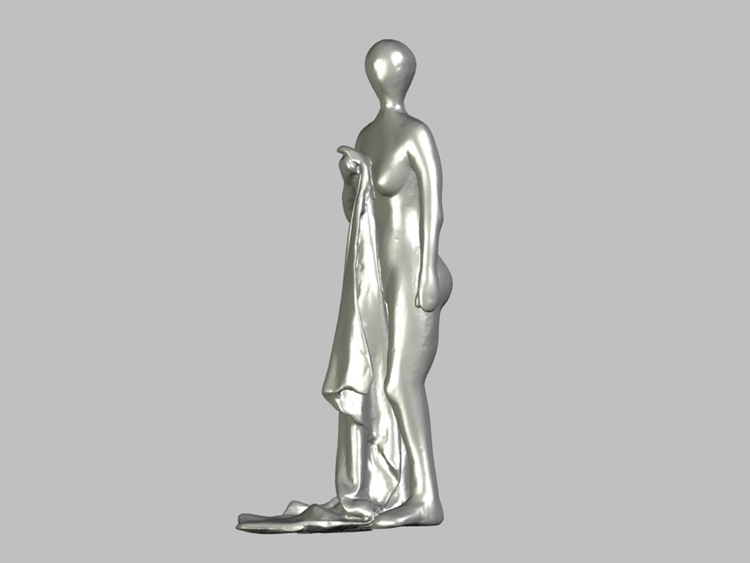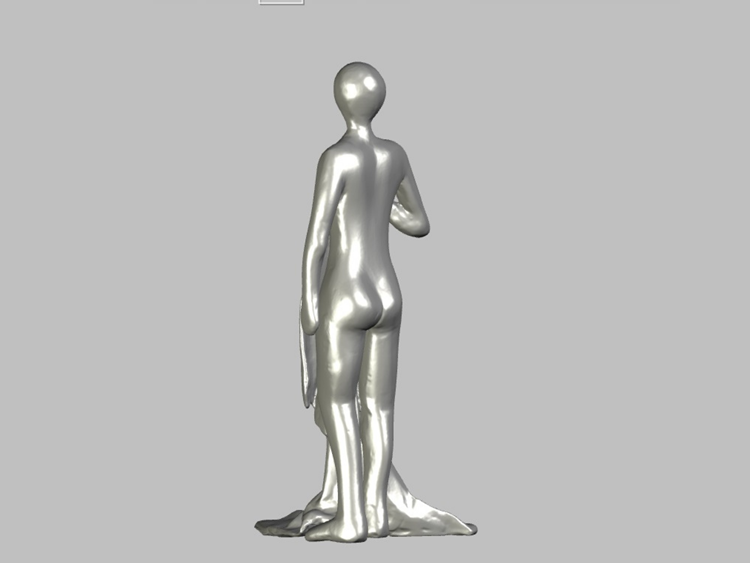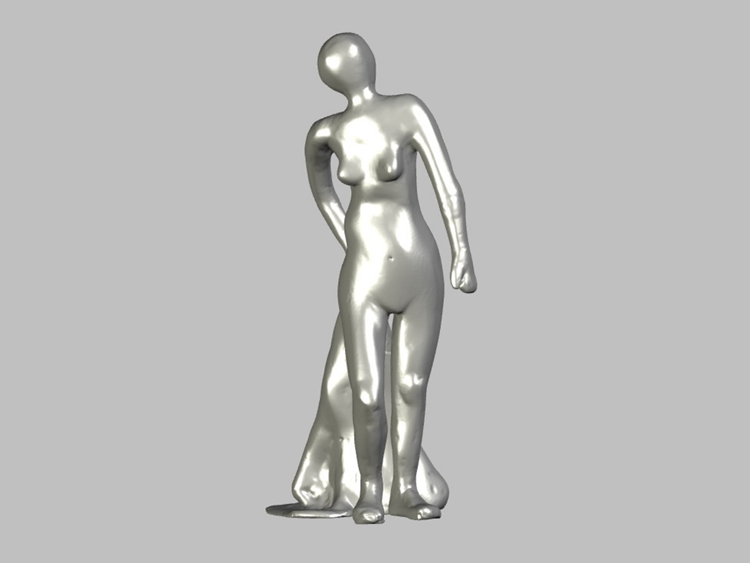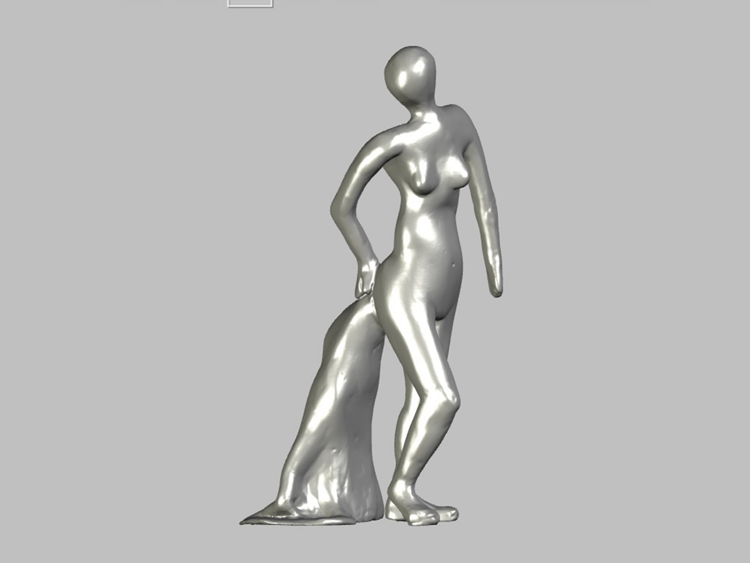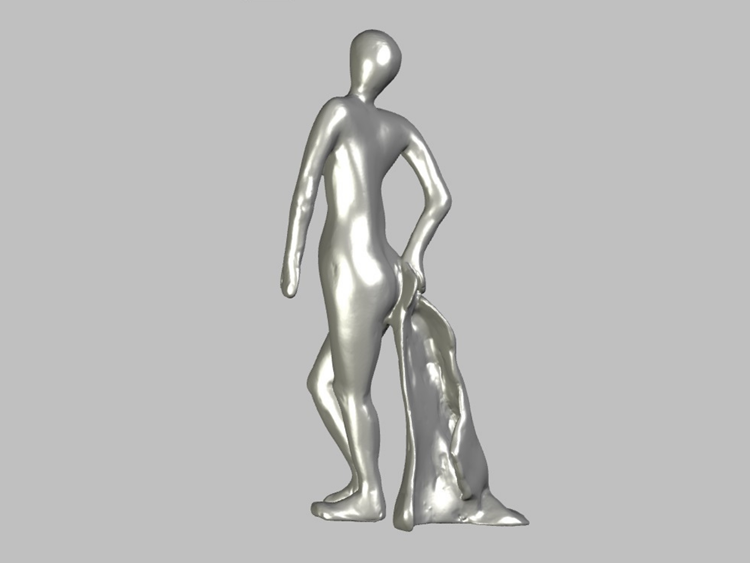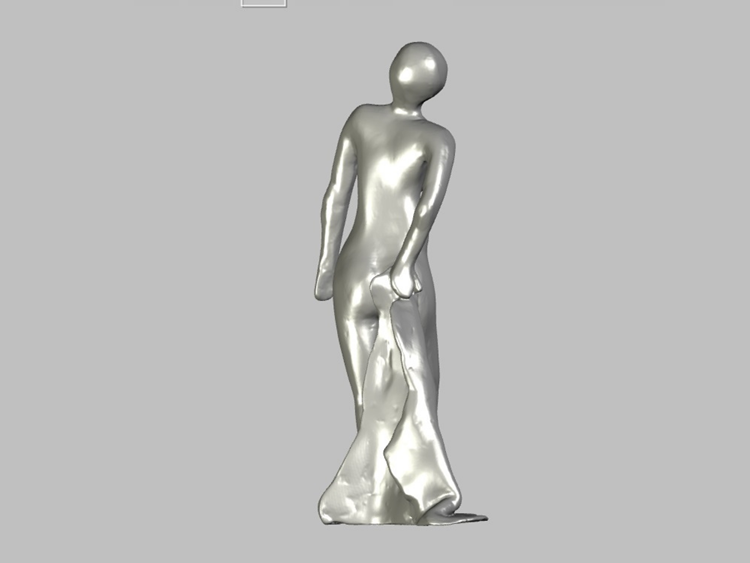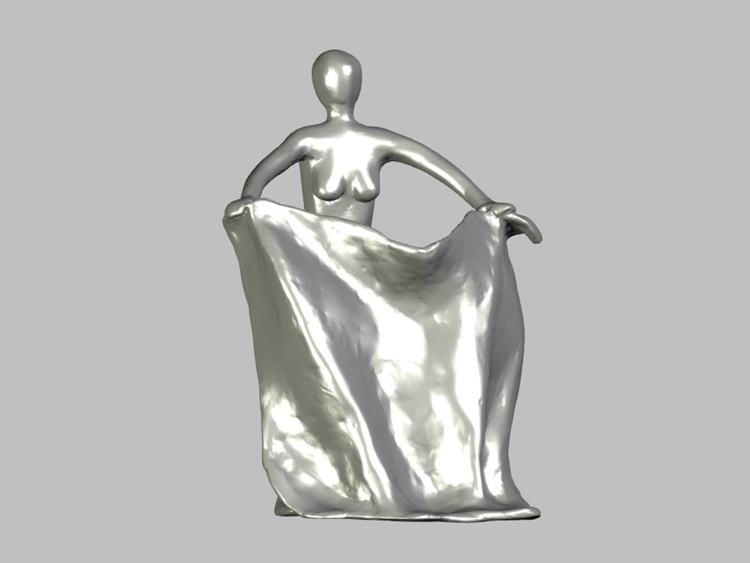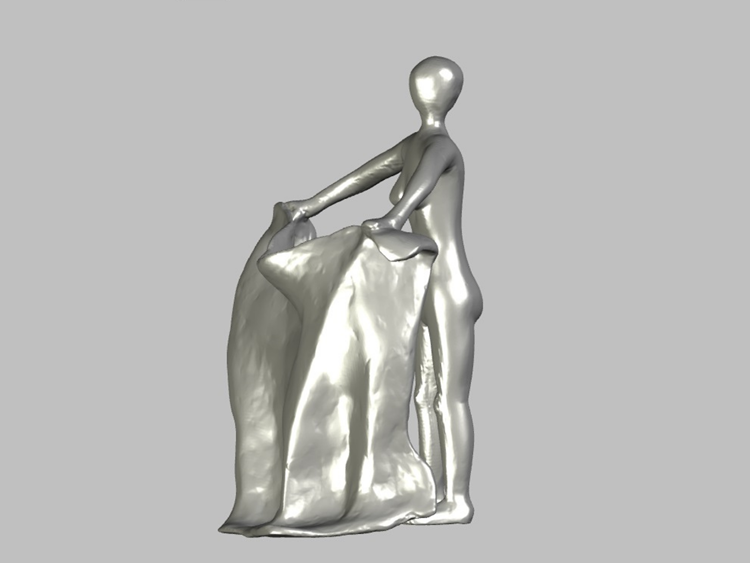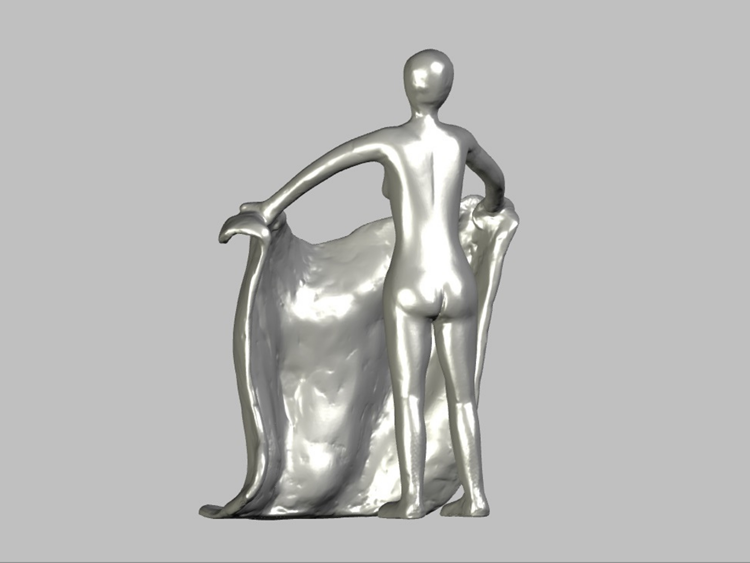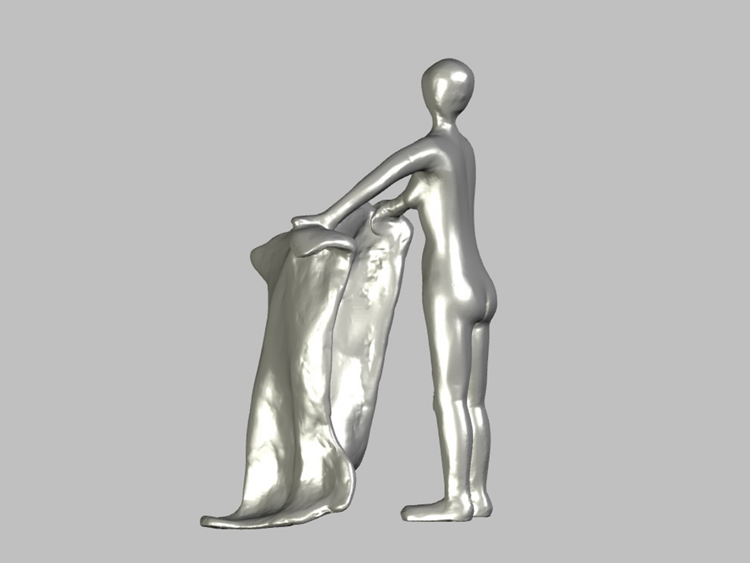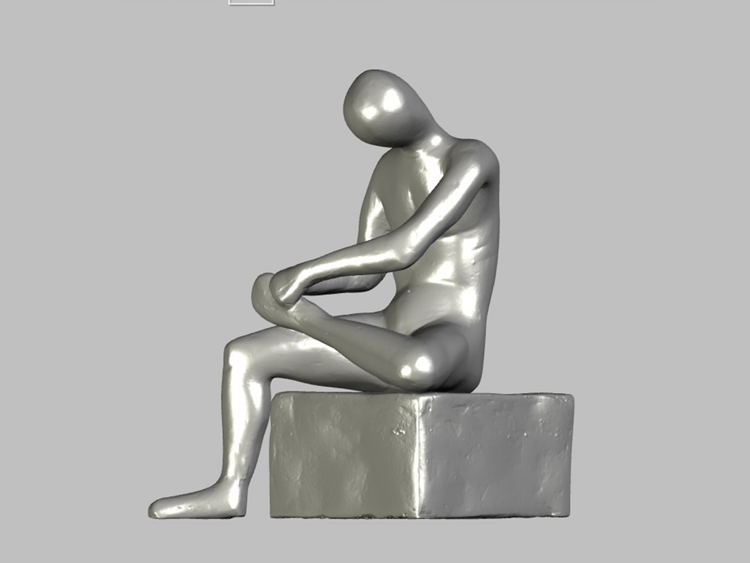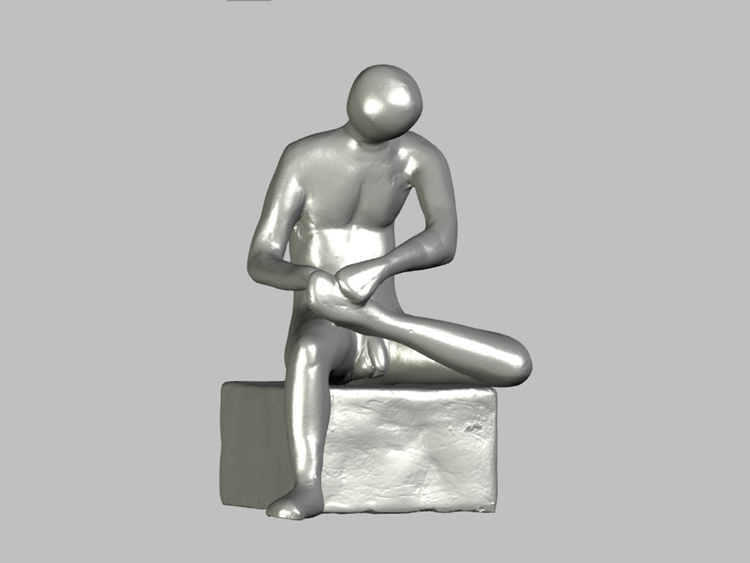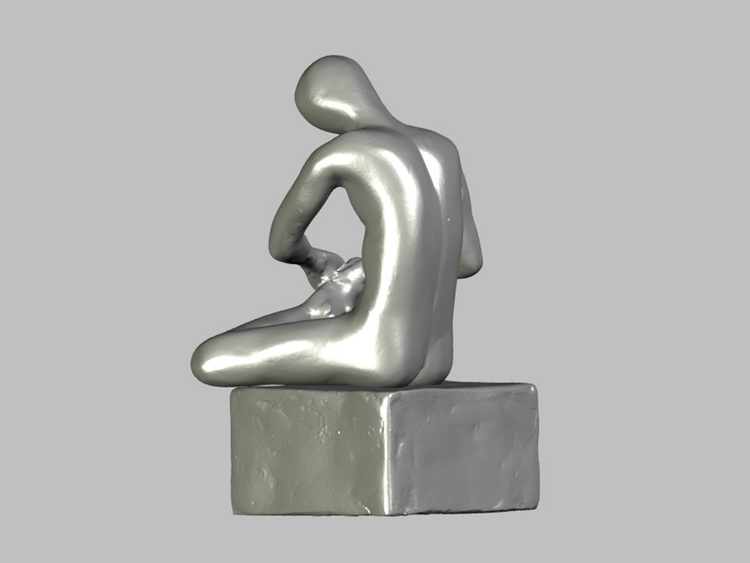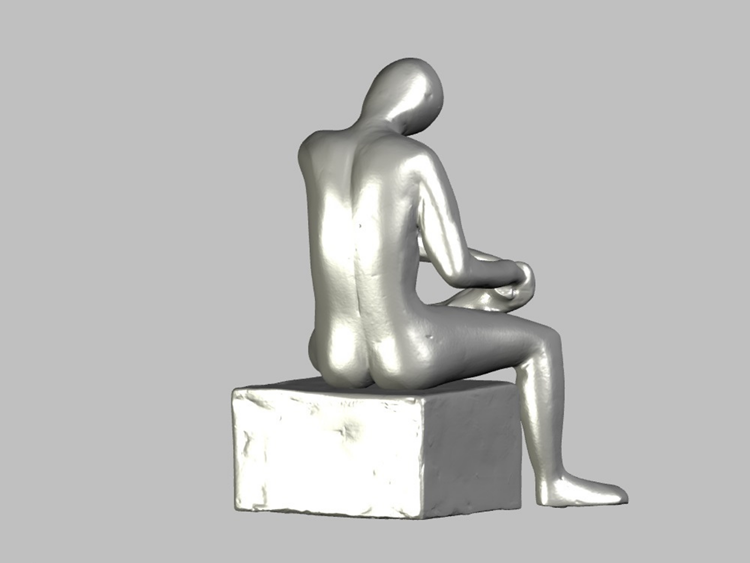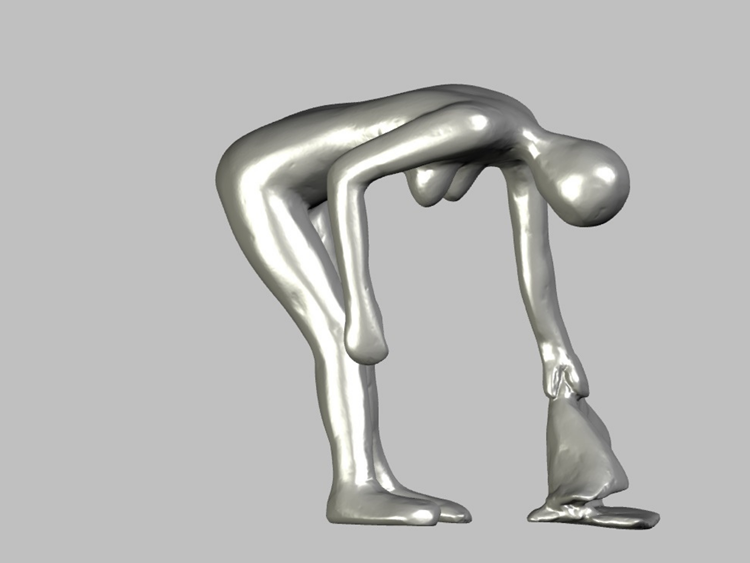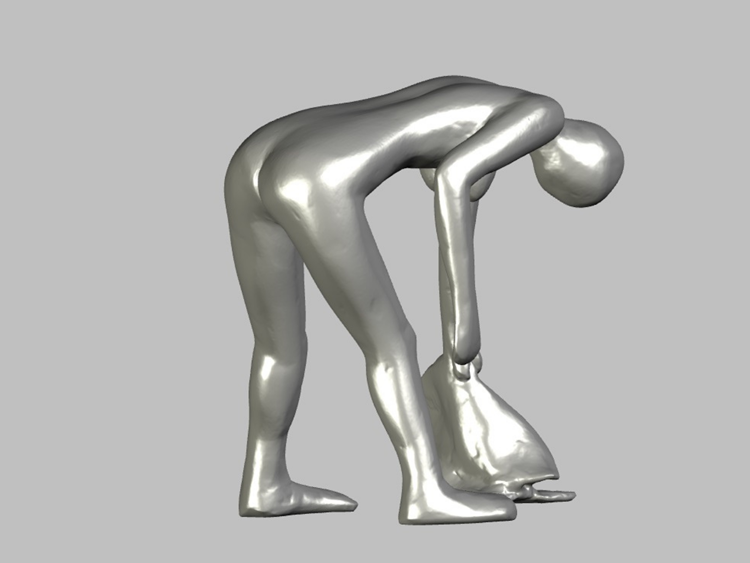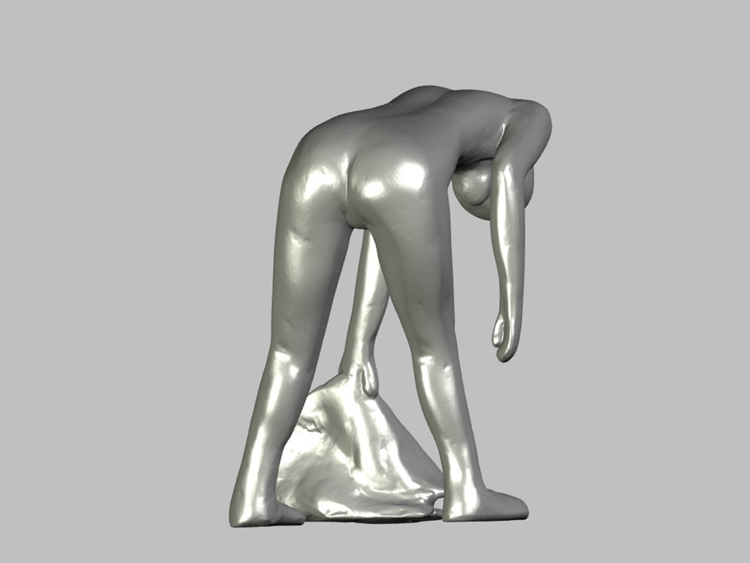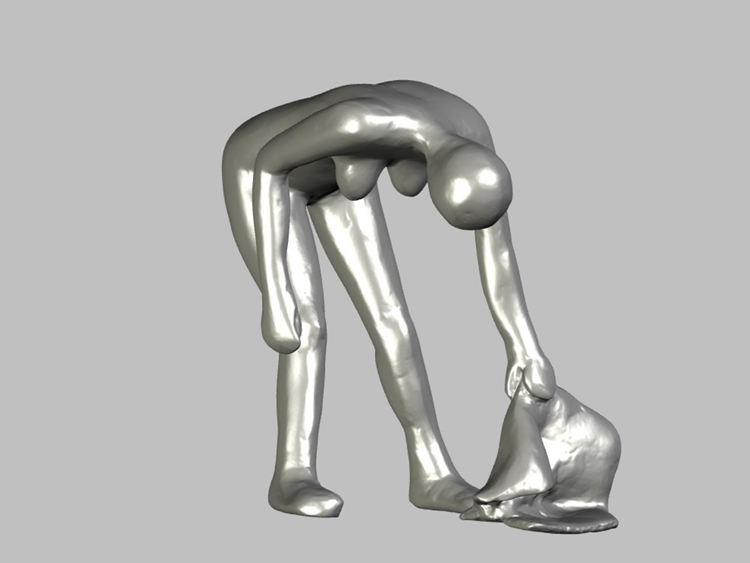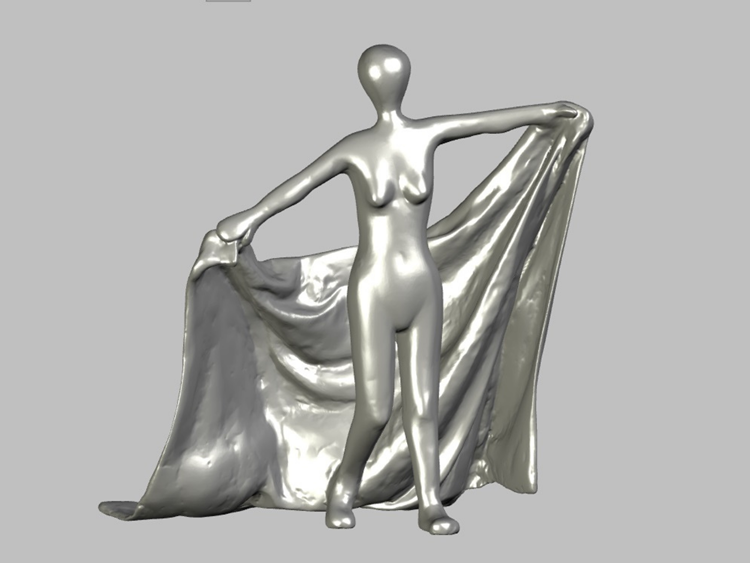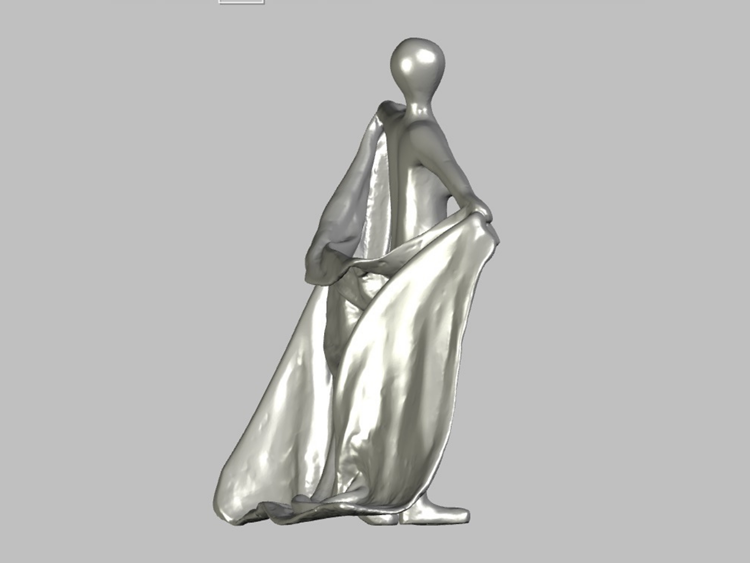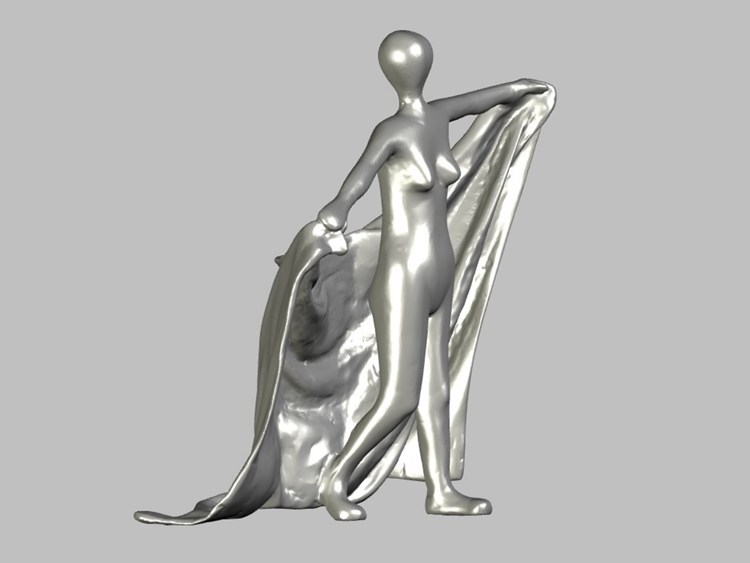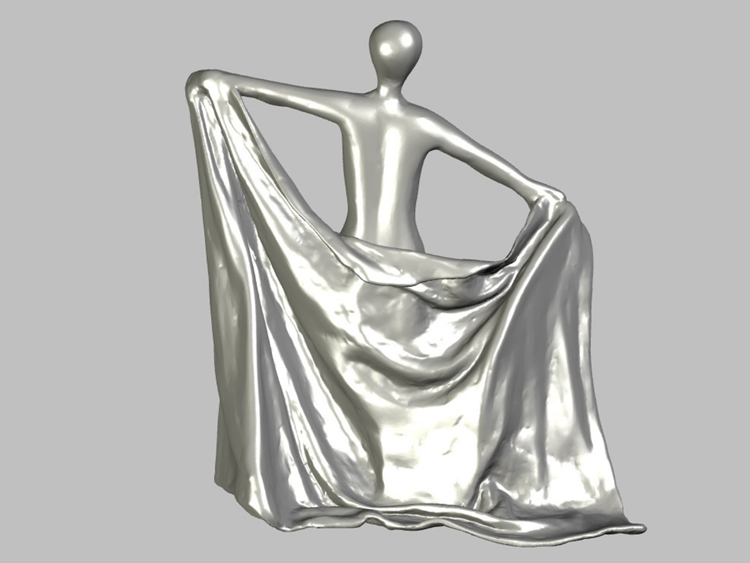☰ Jonathan Thomson Art
KATA TJUTA MAQUETTE
In 2022 I visited Uluru /Kata Tjuta in Central Australia and it was a revelation to me. The forms of these landscapes speak to the geological forces of folding that helped to create them over millions of years but they are also imbued with a sense of the humanity of the custodians of this land who have treasured it and everything that it represents for millennia.
These sculptures draw on the traditional Chinese style of painting known as Shan Shui which uses brush and ink to depict mountain and water landscapes. Shan Shui is not concerned with a literal depiction of landscape but the artist’s emotional and aesthetic response to it. It is a principle which informs all of my work.
The technical basis of brush and ink and its calligraphic finesse helped me to develop an abstract sculptural language that combines the inorganic forms of mountains and rivers with references to the human form.
I envisage that the evocative forms of these sculptures, if executed in corten steel, would soar over 10-15 metres above the landscape.
Studies from the human body
These sculptures start as a 1/6 life-size figurine moulded in clay around a wire armature. They are then scanned in 3D and can be enlarged to any size before being cast in aluminium. The soft sheen of the aluminium surface is at once both warm and cool. Its silvery gleam melds light and shadow, lightens the apparent mass and solidity of the figure and unites the mounds and hollows of form and void.
Hong Kong University Public Art Placement
My larger than life-size sculpture "Lost in a Good Book" has been installed at the main entrance of the Hong Kong University Library as an inspiration to students and staff and a celebration of the joys of reading.
This sculpture is part of a series of recent works that employ simplified forms abstracted from the human body to convey a languorous sensuality, harmony and grace. They draw inspiration from classical traditions but smooth out all extraneous detail in order to make the figure a universal everyman or woman. Their clean elegant styling expresses the sensuality, vitality and spirituality of the human form.
They eschew political readings and aim to convey a calm, poised, balanced rationality and speak to the seriousness of truth to nature and truth to art.
These works have been influenced by the Classicism of Canova, the Realism of Rodin, the Measure of Maillol, the Monumentality of Moore, the Abstraction of Arp, the Wonder of Whiteley and the Passion of Picasso.
LOSS AND DESIRE
Monuments are built to endure and to present a particular view of history as if it was an eternal truth. But opinions change, and democratic societies can reflect these changing points of view.
As a result, monuments endorsing authoritarianism, the patriarchy, racism, slavery and colonialism are regularly toppled or hidden away behind hoardings. The changing tides of iconoclasm also result in the destruction of others.
Is it possible for a monument to be socially inclusive and awake to all forms of racial or social discrimination and injustice, and be free of political associations, yet still be meaningful?
Abstract sculptures may have visual polysemy, but their meanings are necessarily diffuse, and they lack humanity.
Taoist teaching says that emptiness is potential. A drape that appears to take the form of a human figure but without any figure inside may thus be seen to represent the infinite potential of anybody and everybody.
Loss and desire are opposite sides of the same coin. Our knowledge of the mutability of life and the inevitability of loss tends to intensify rather than diminish the existential value of the transient moment. We miss more that which we have loved the most.
The use of lead may give this work a dark, menacing or foreboding character, but it is also symbolic of an unchanging and impregnable eternity.
Shadow Sculpture
These works are based on the fleeting shadows that are cast by the body of a figure onto itself. They focus attention on the importance of absence. Just as sound must have silences, so too light needs shadows. Shadows give a body substance.
These works give the negative space of absence a palpable presence. They use darkness to illuminate truths about sensuality, human existence and beauty.
Van Gogh's Sun
Van Gogh sought to understand the relationship between the world we know on earth and the vast expanses of the universe. His drawings of the sun are made using a series of cross-hatched lines with a void at the centre. The void represents the intensity of the sun, the brightest thing in our experience and too bright to look at.
